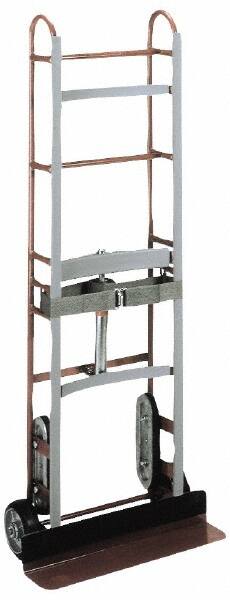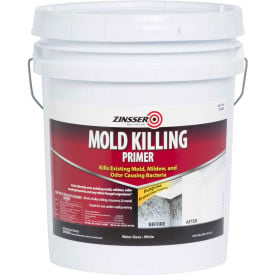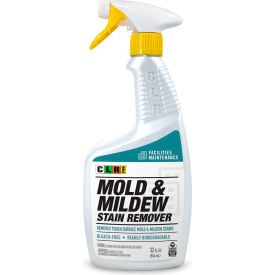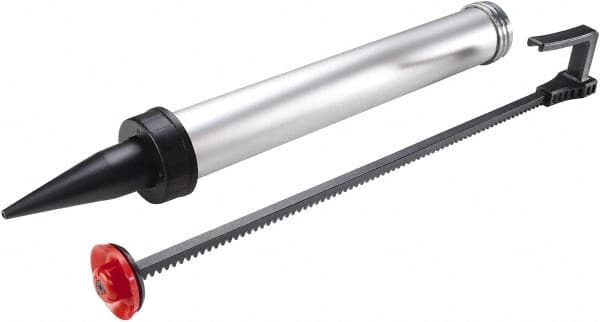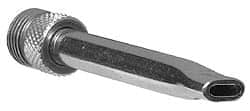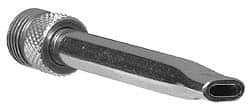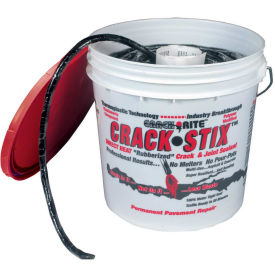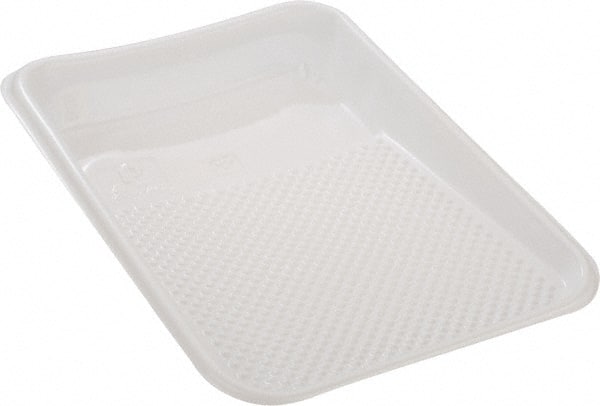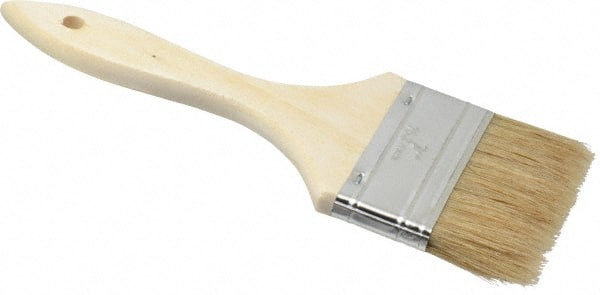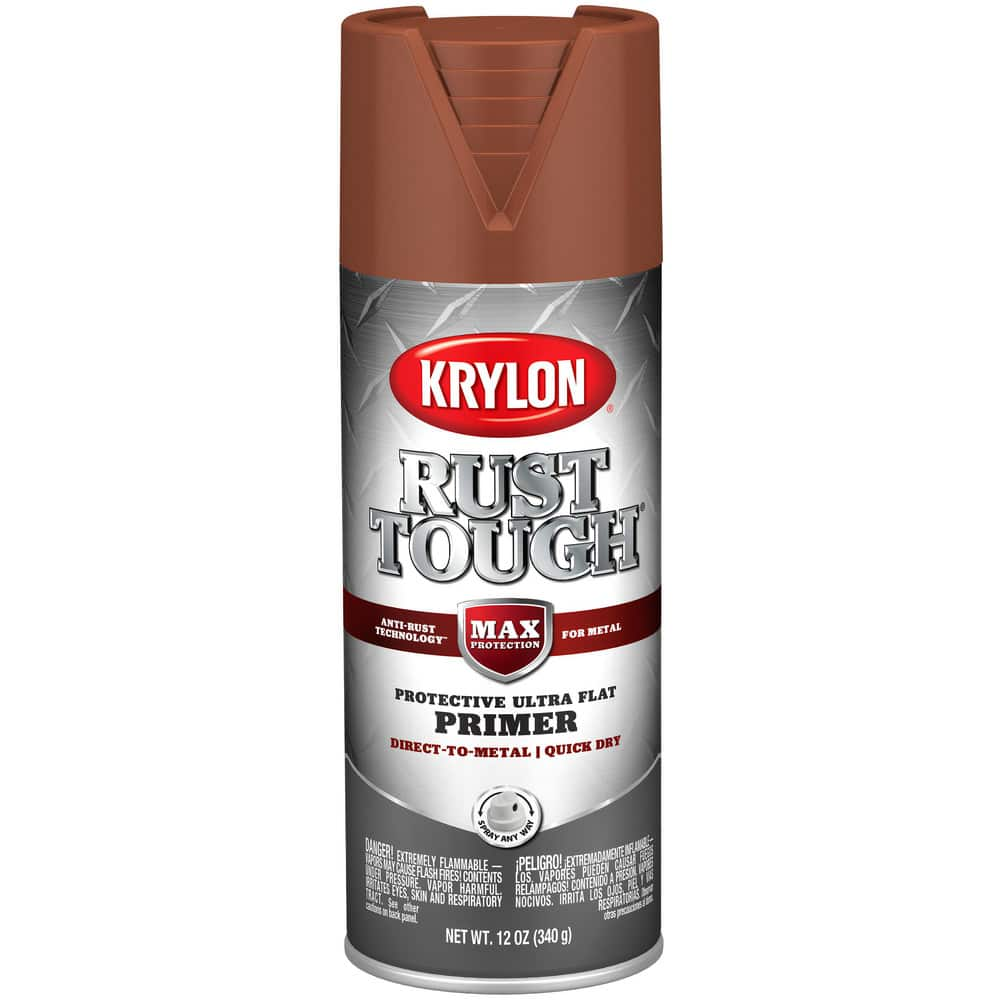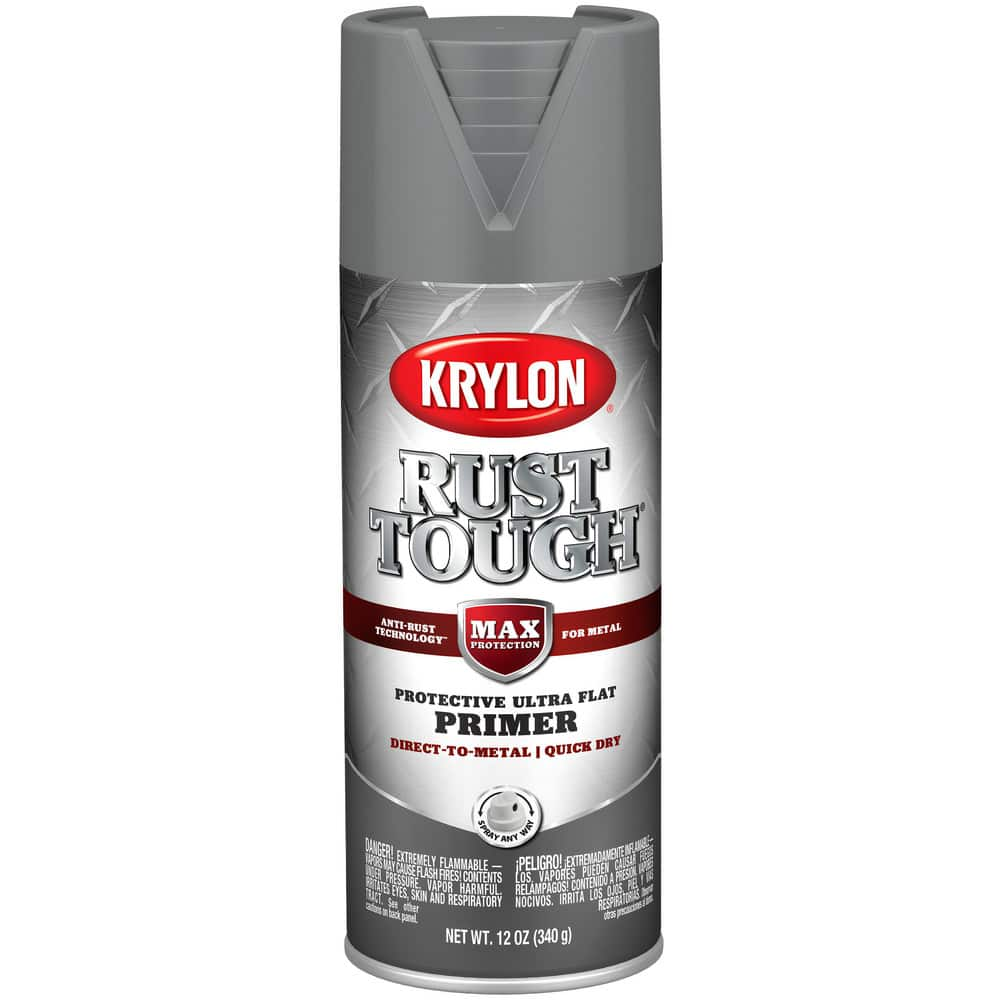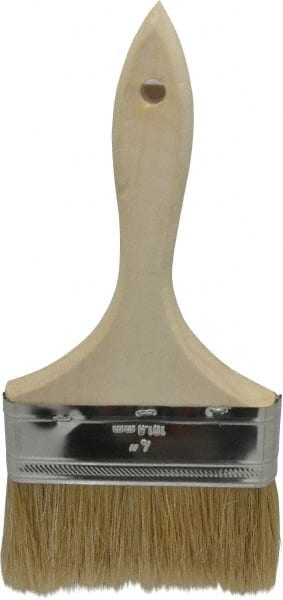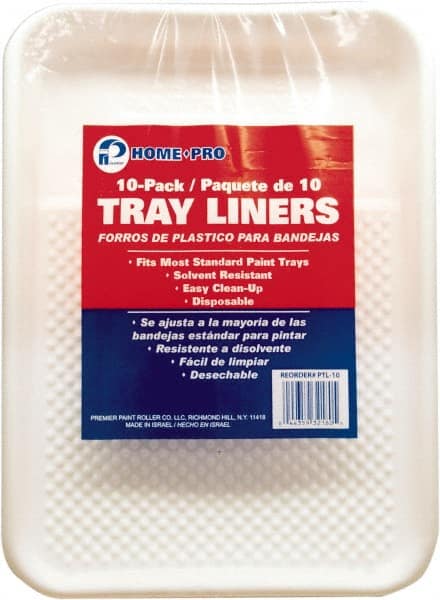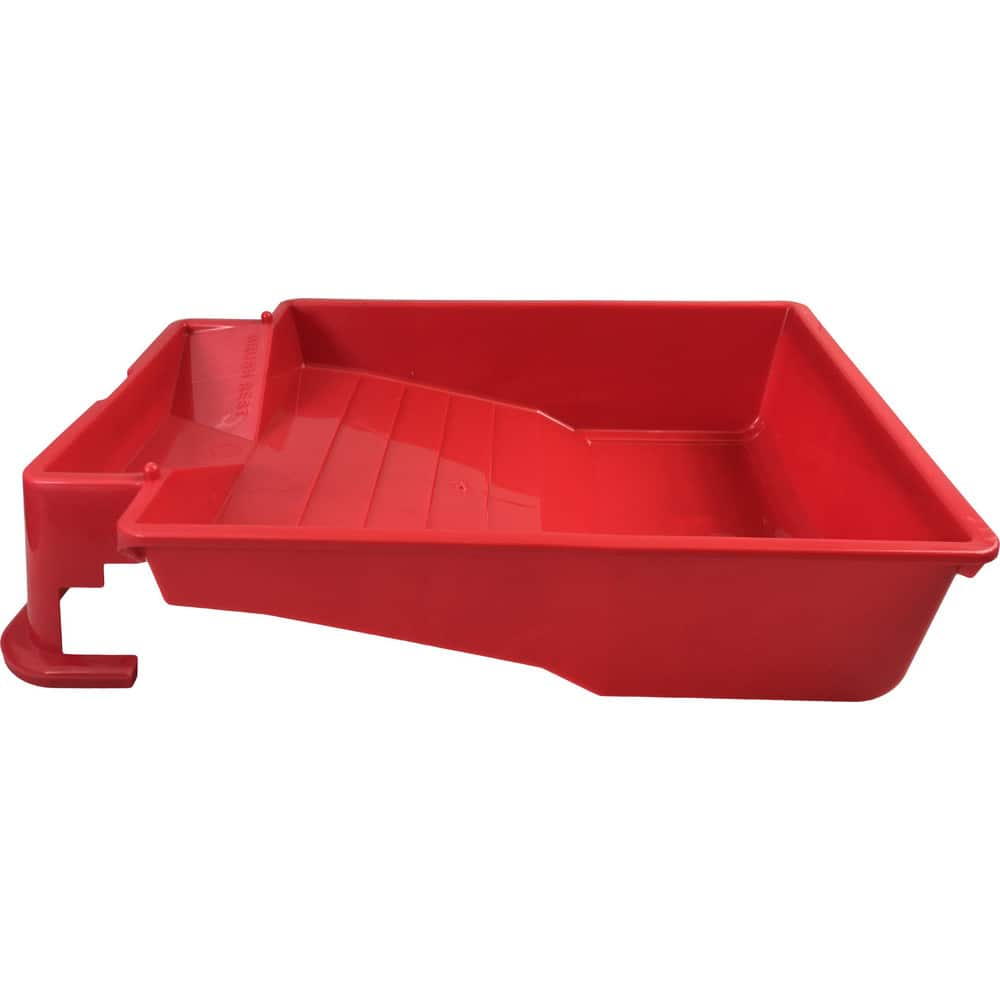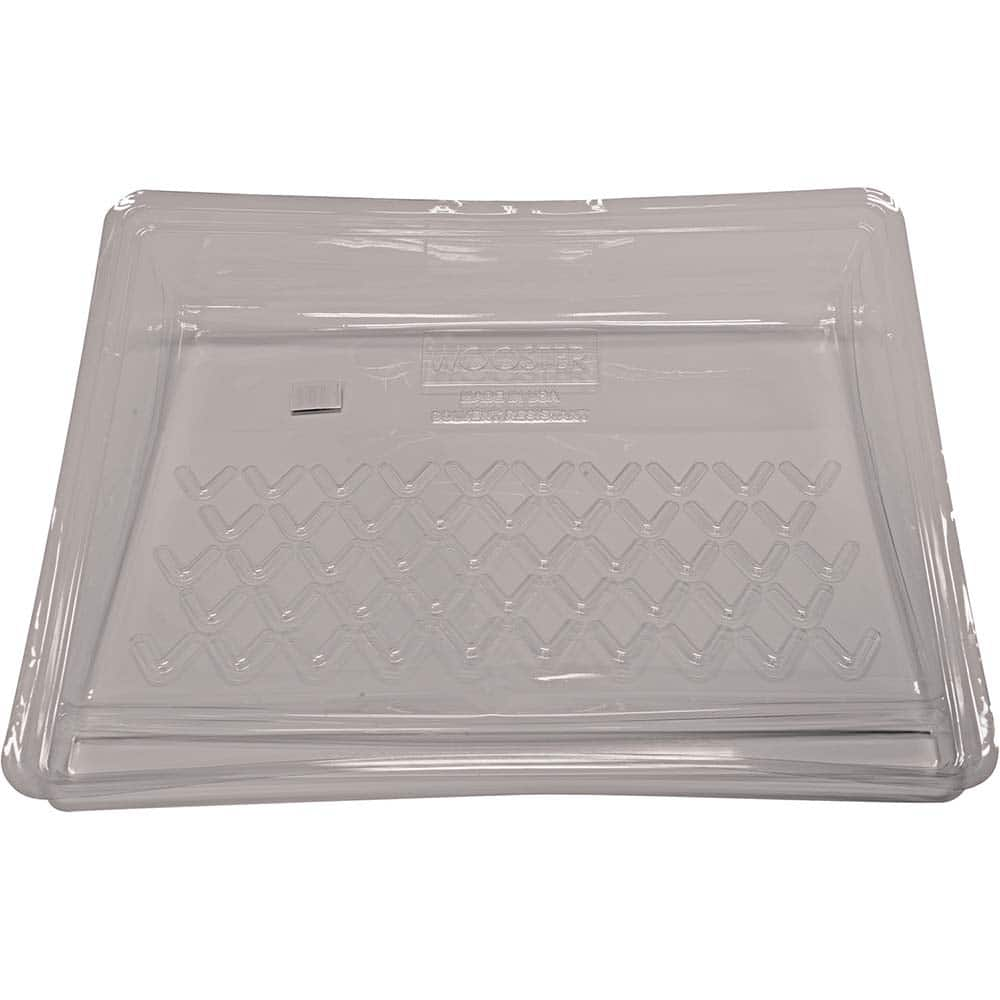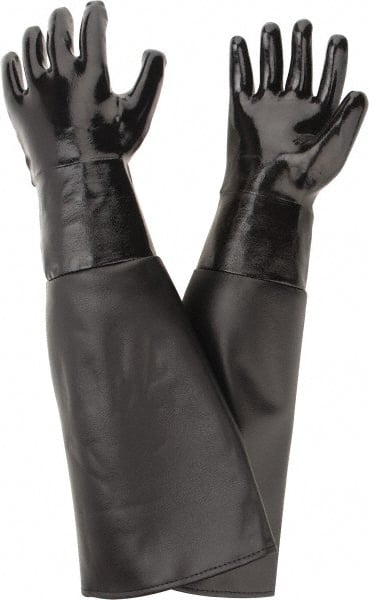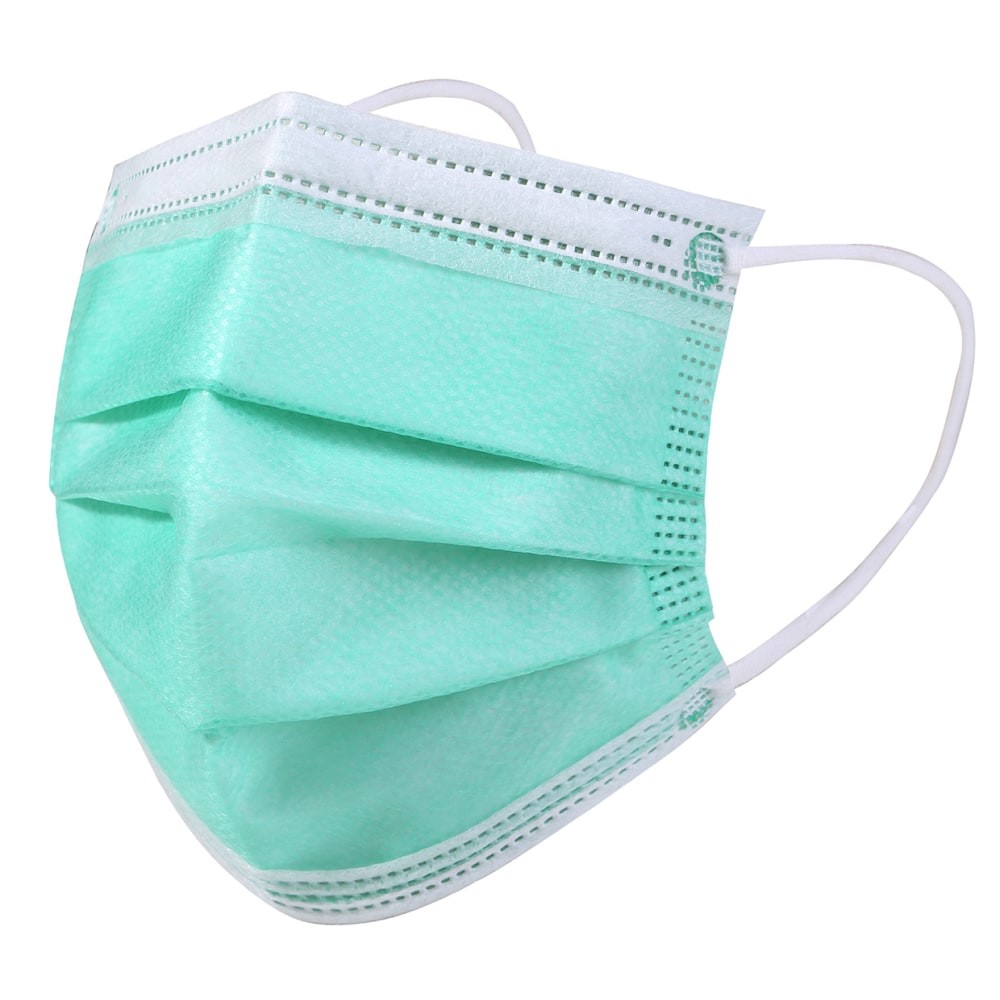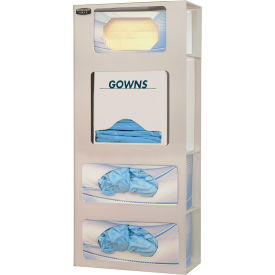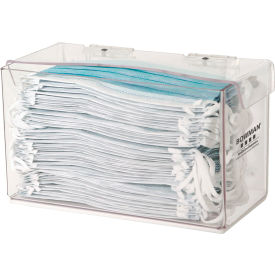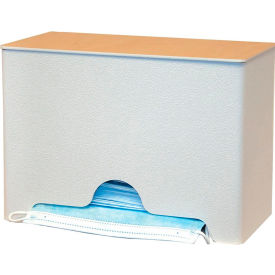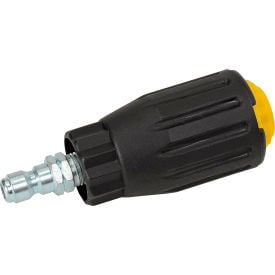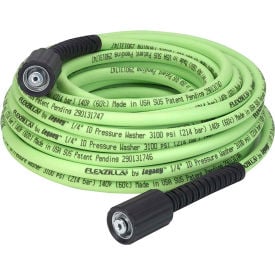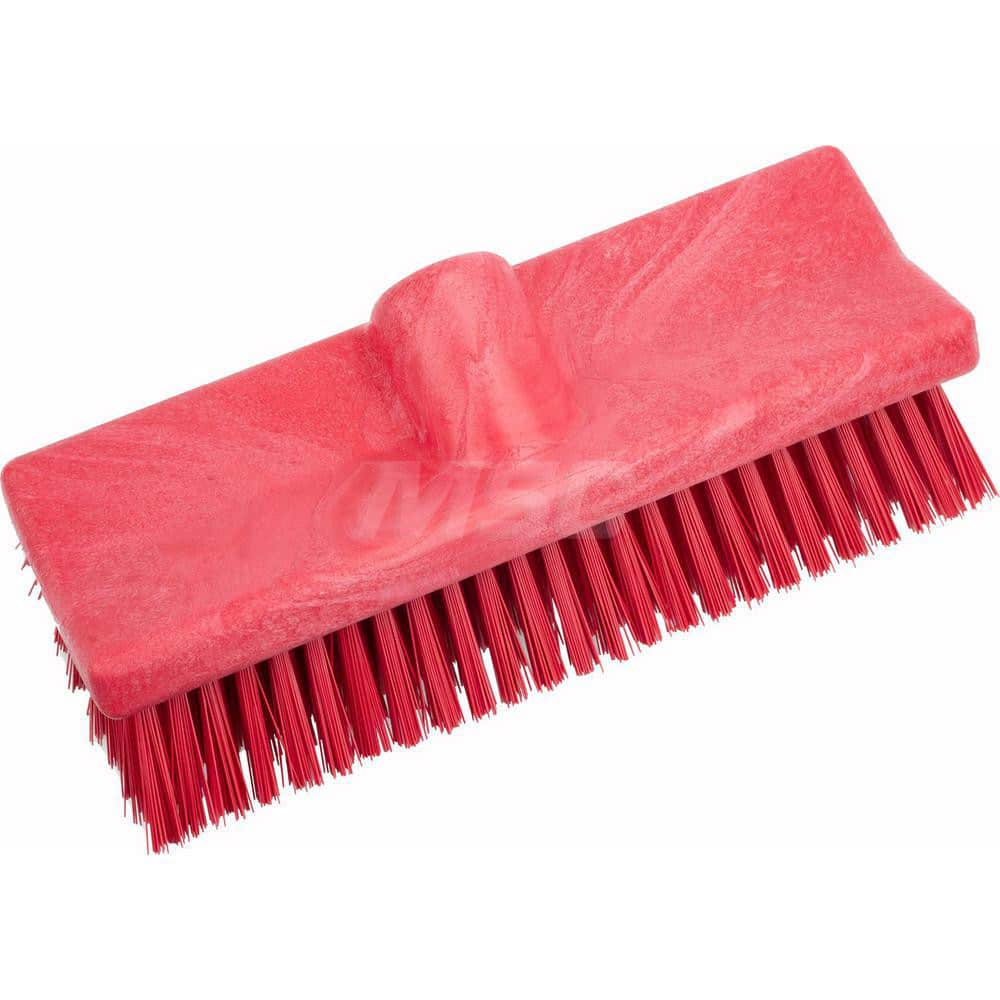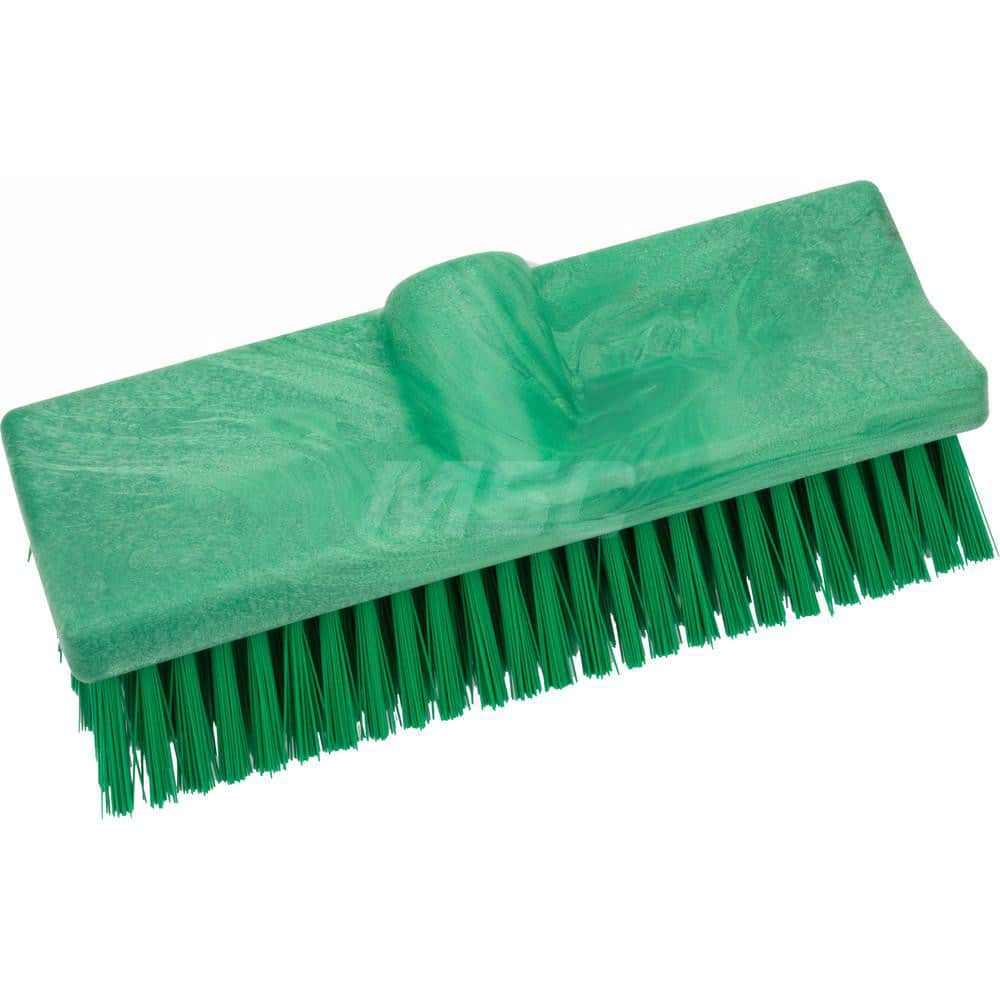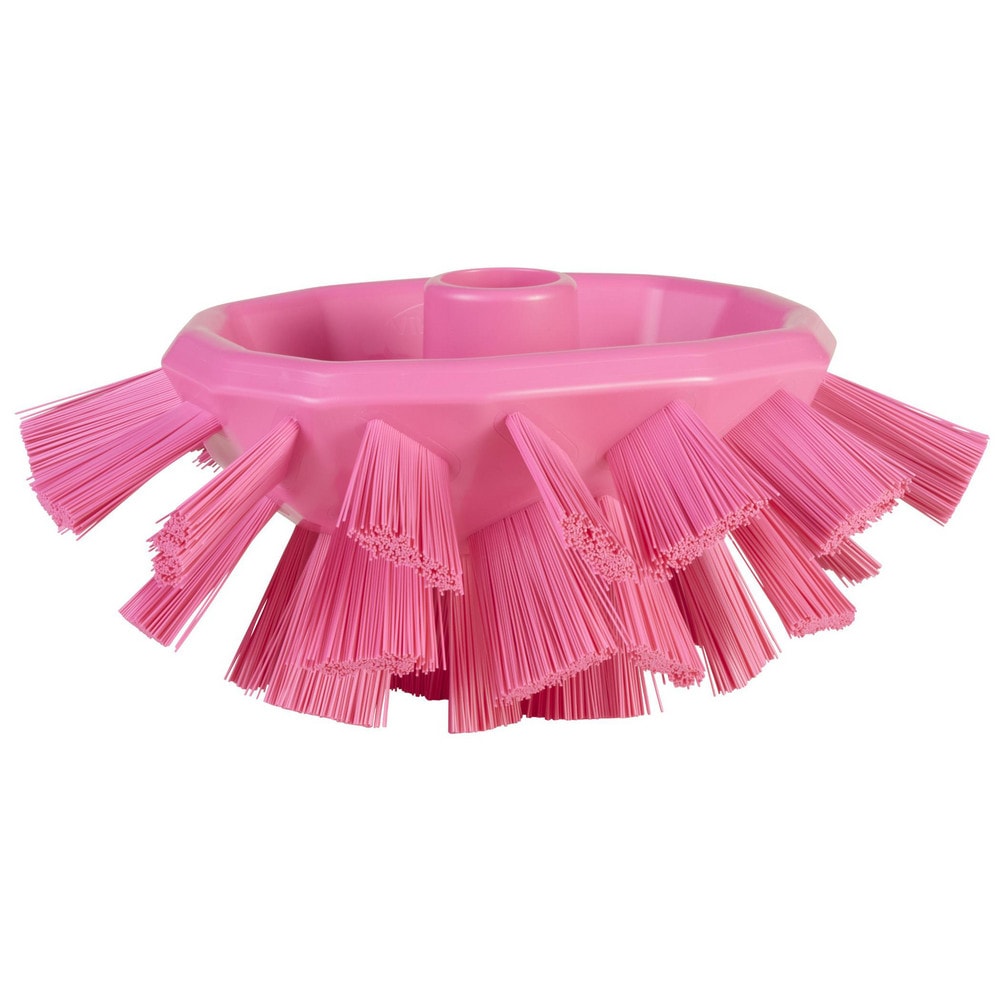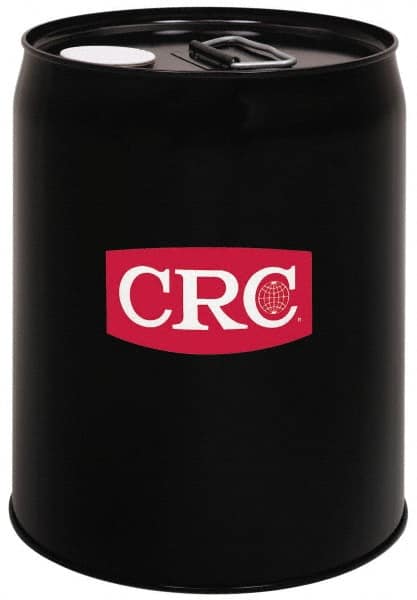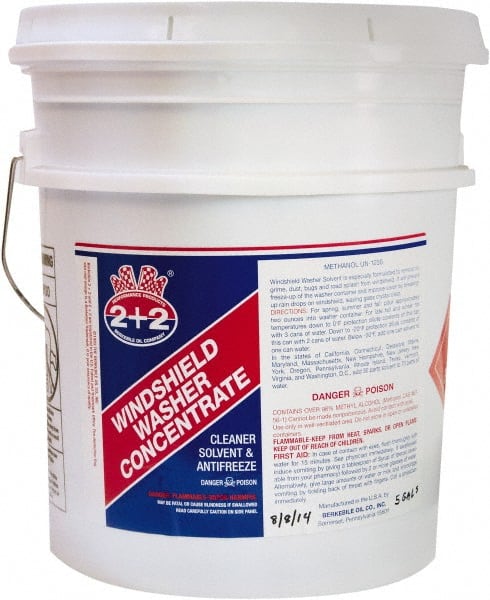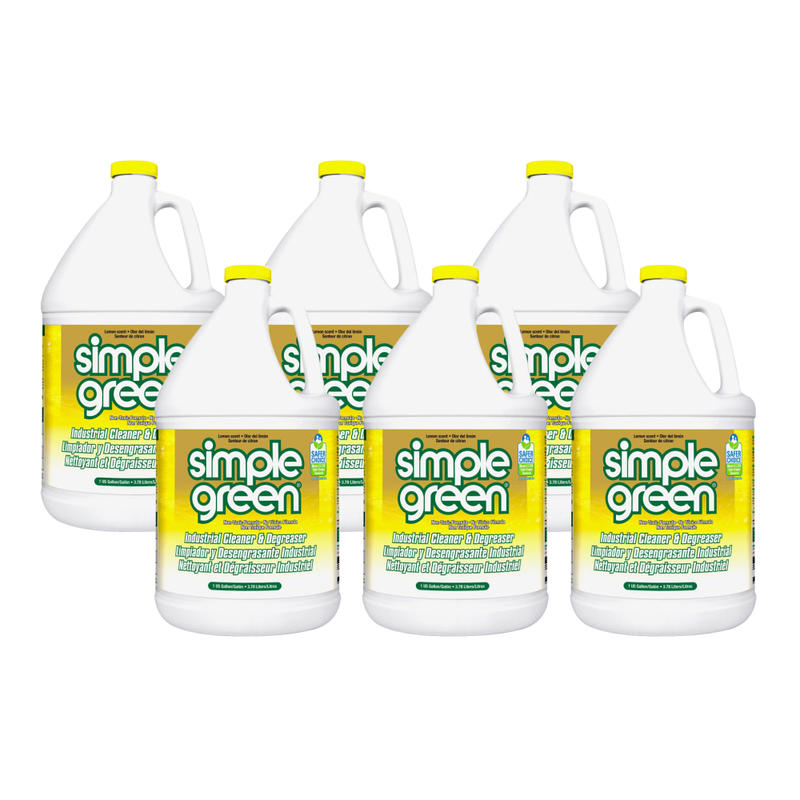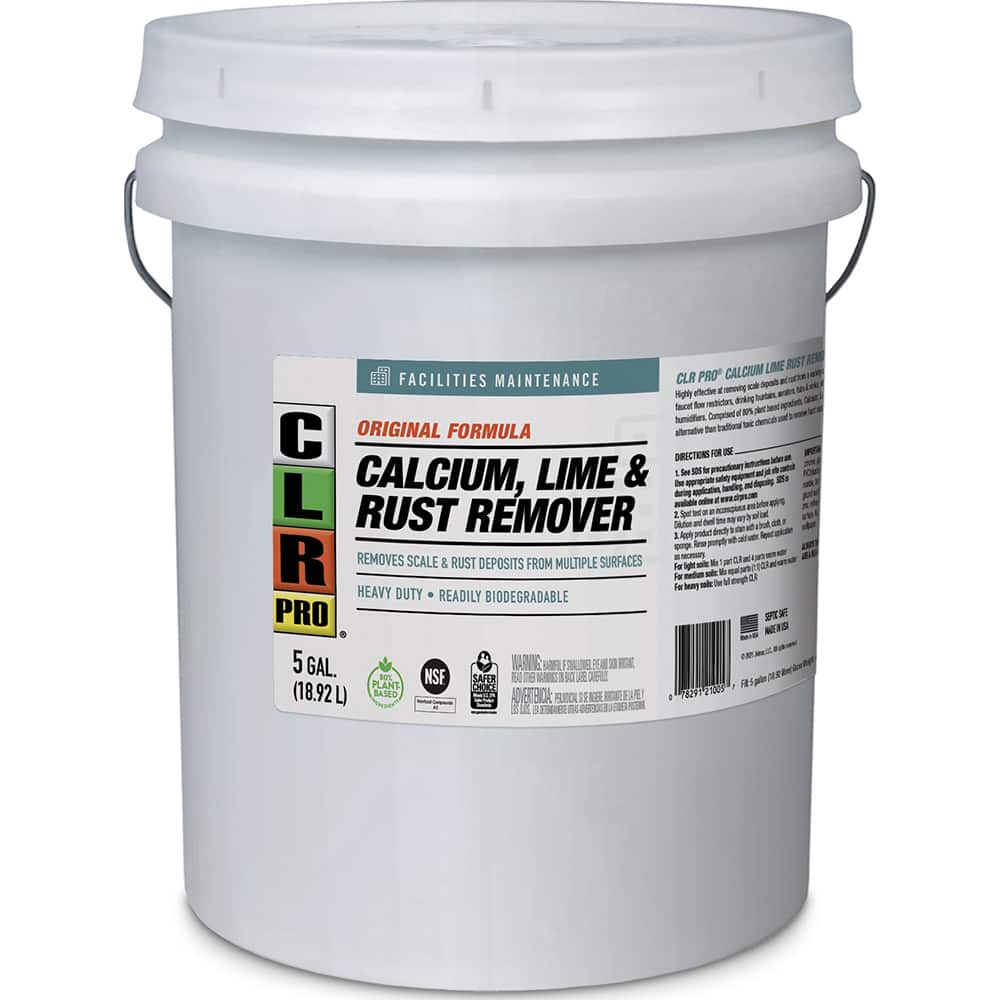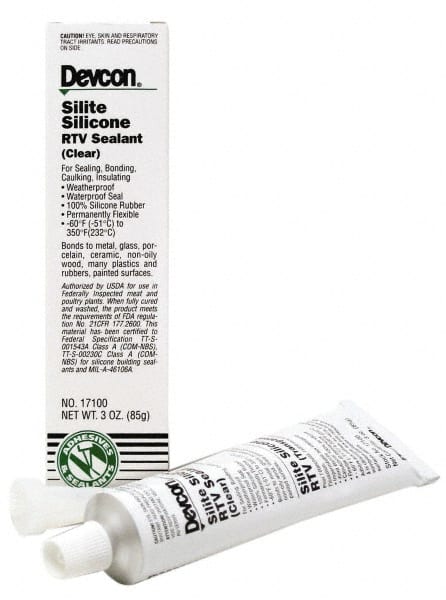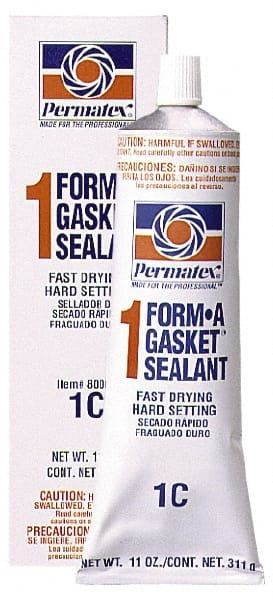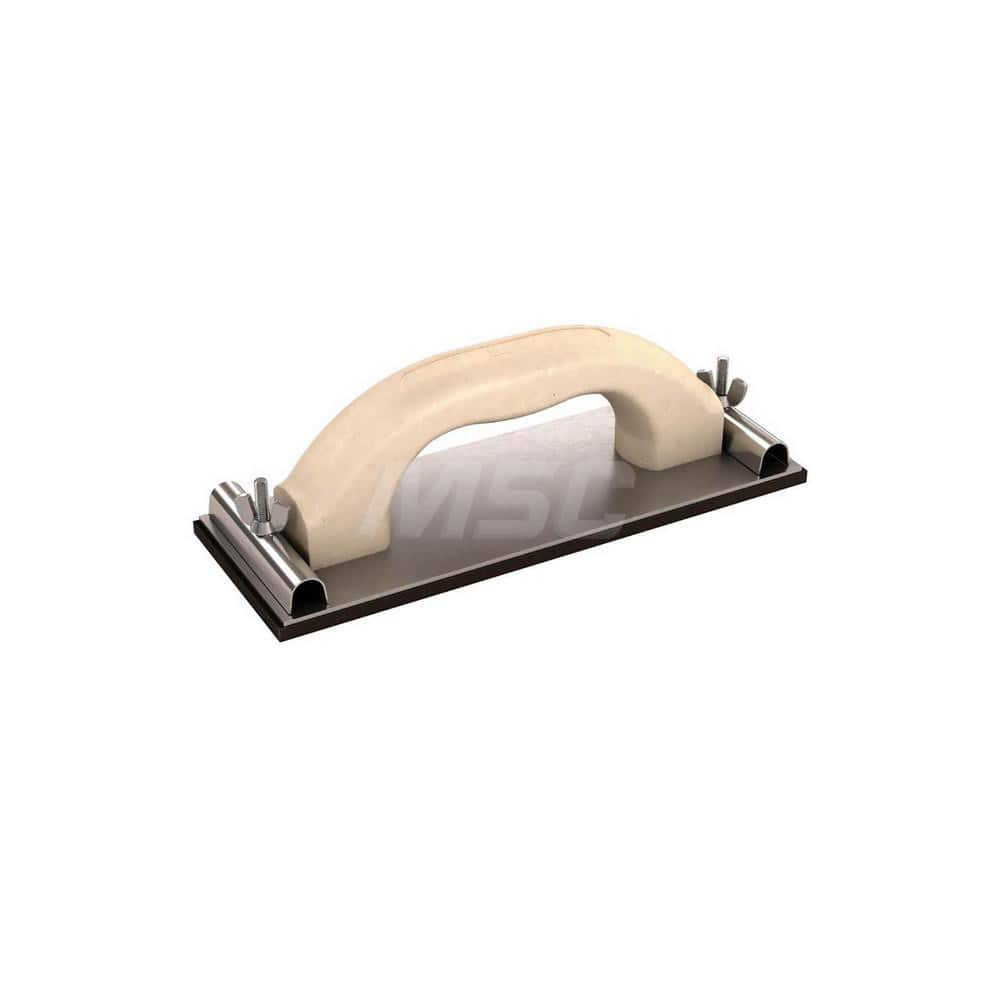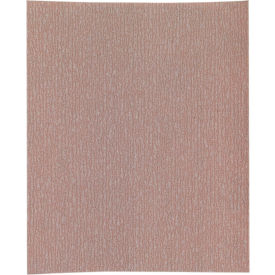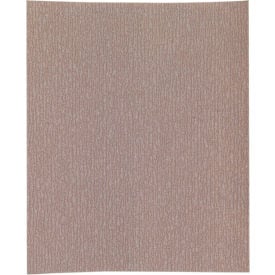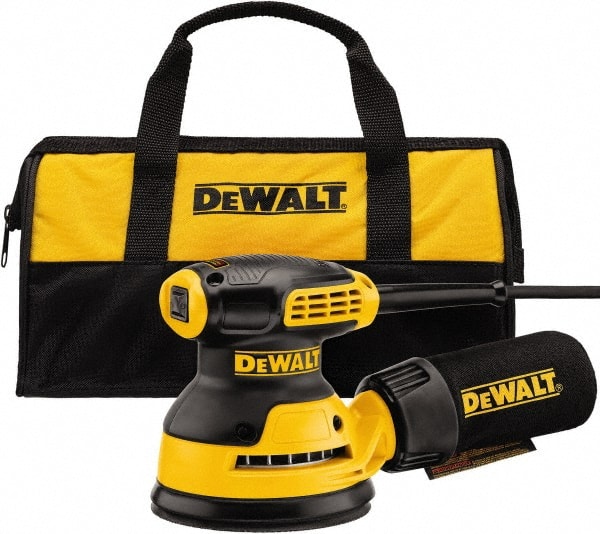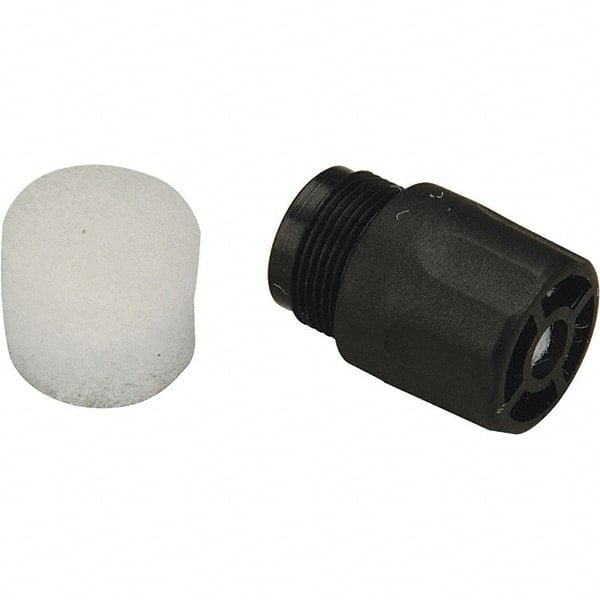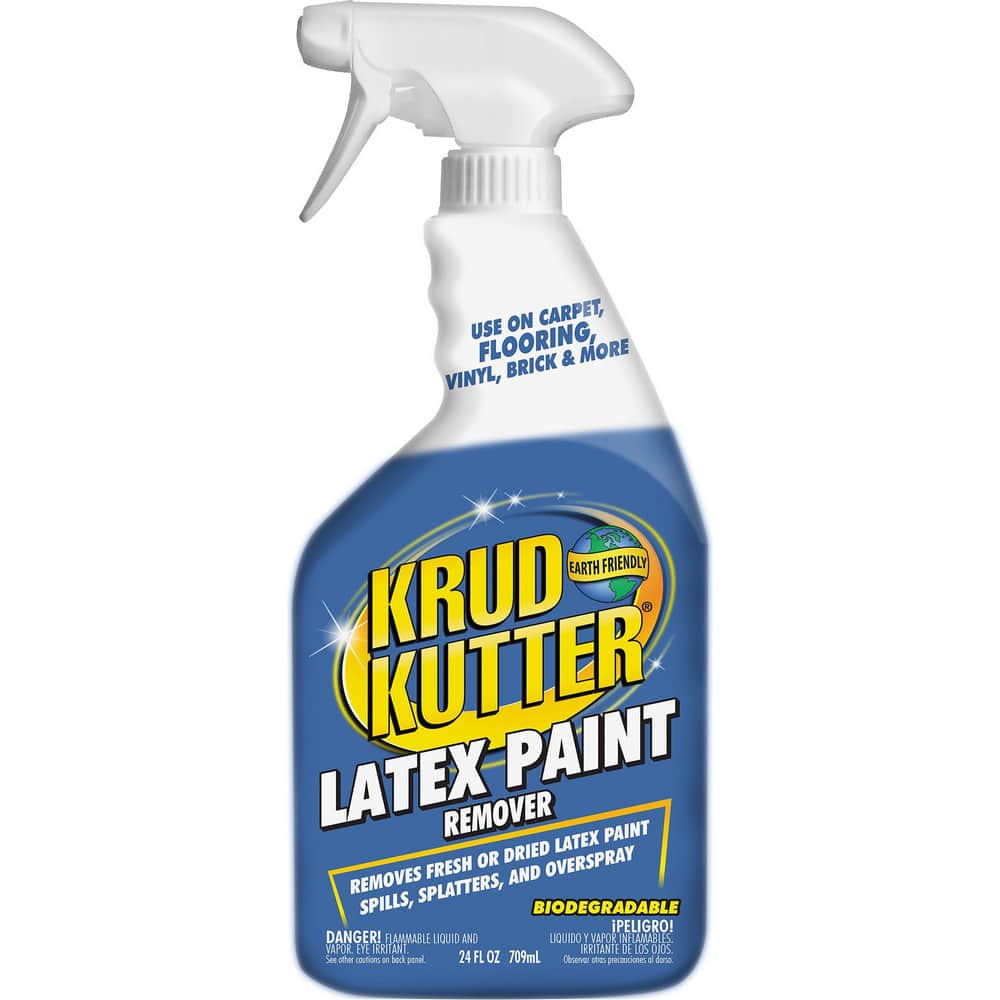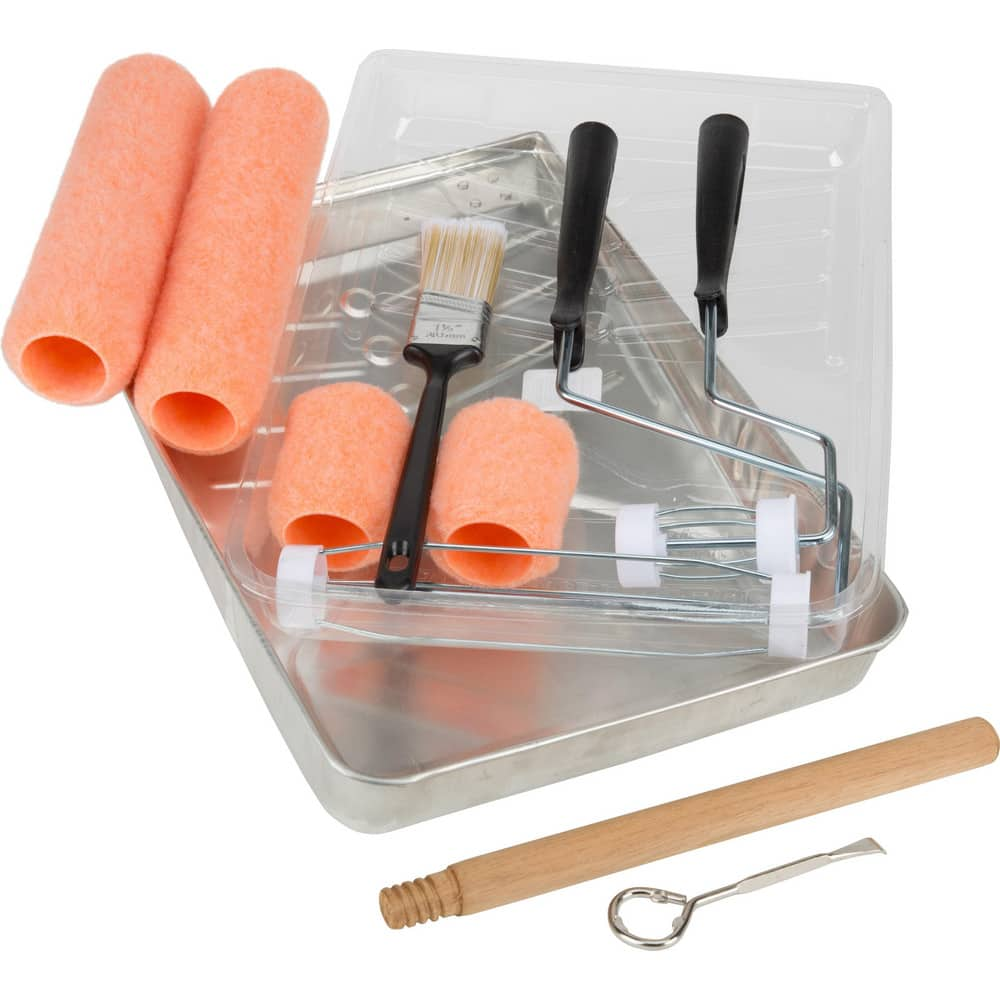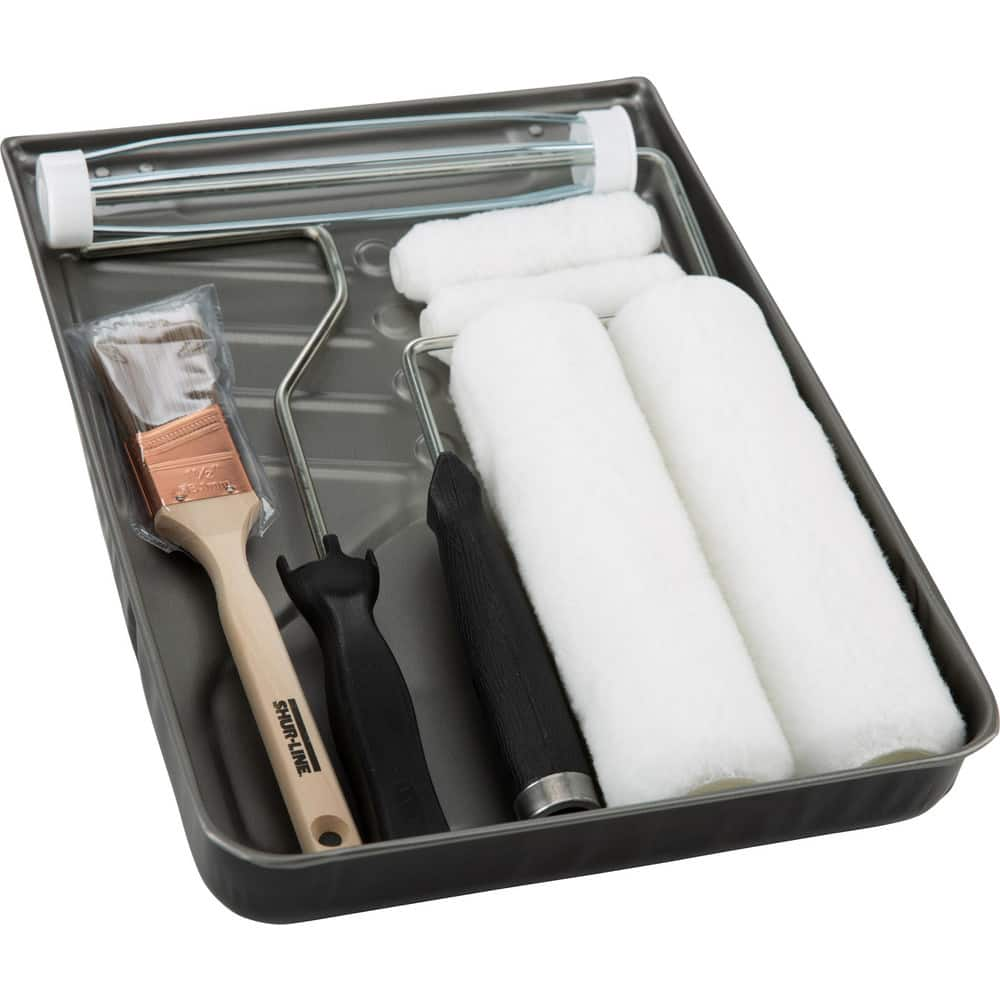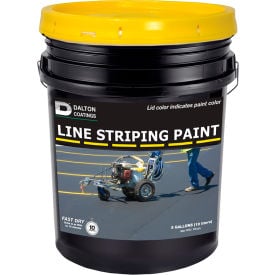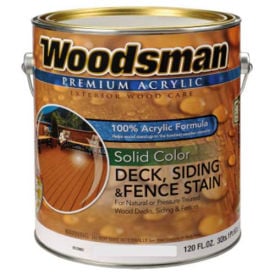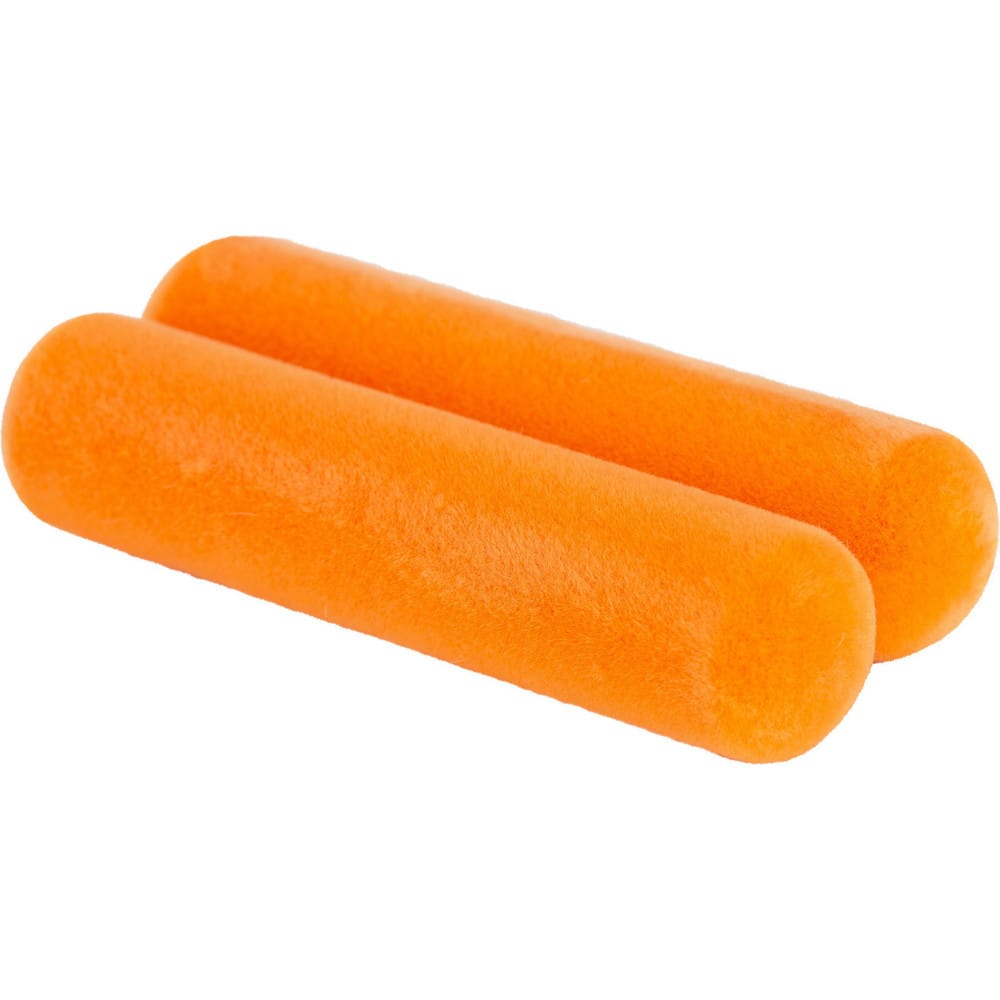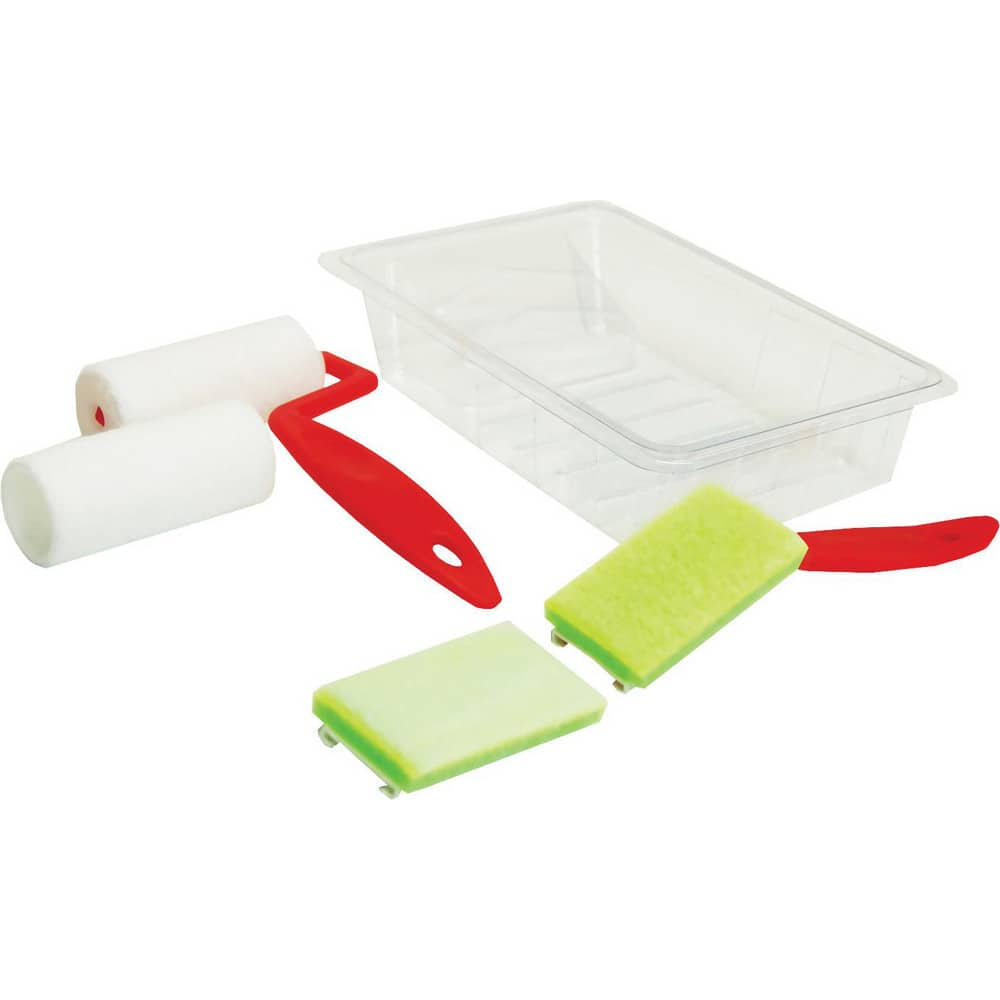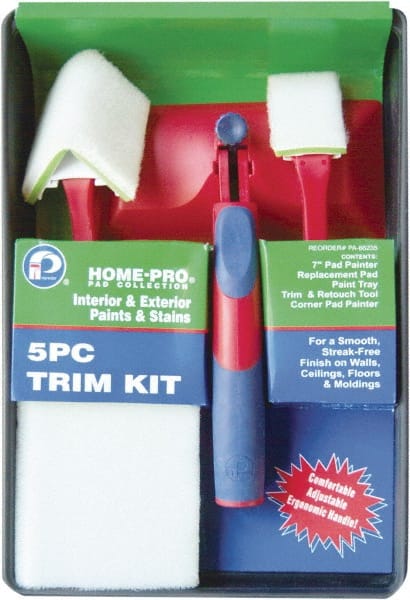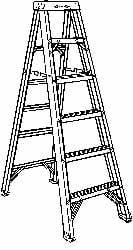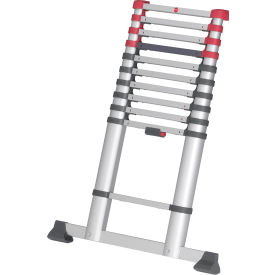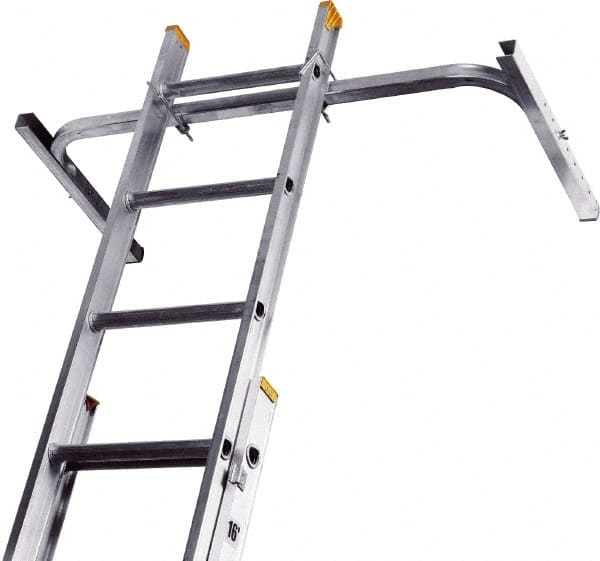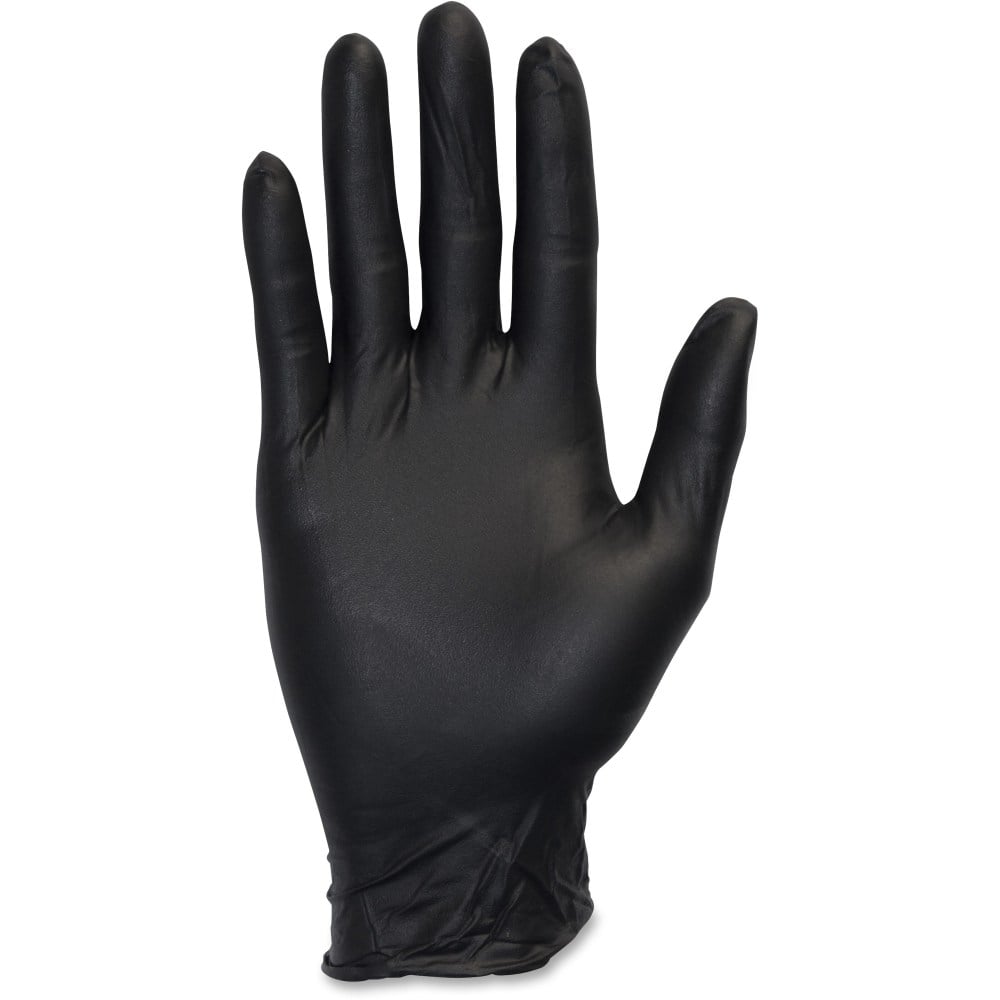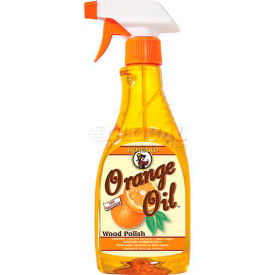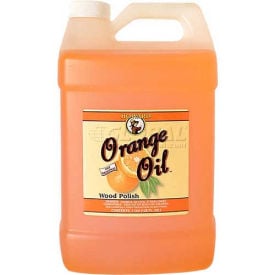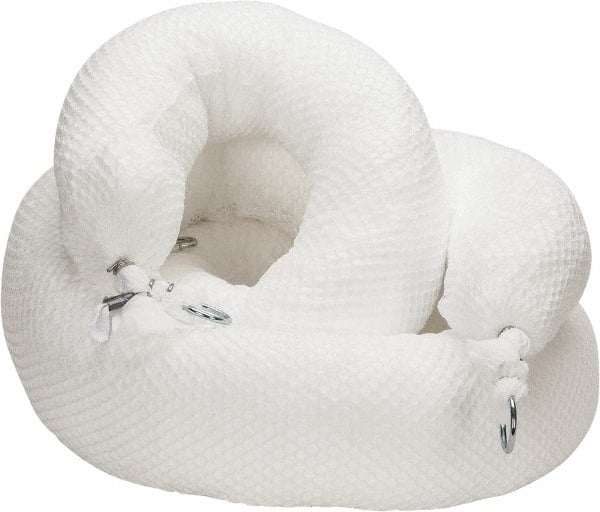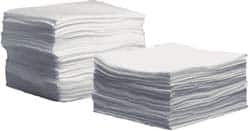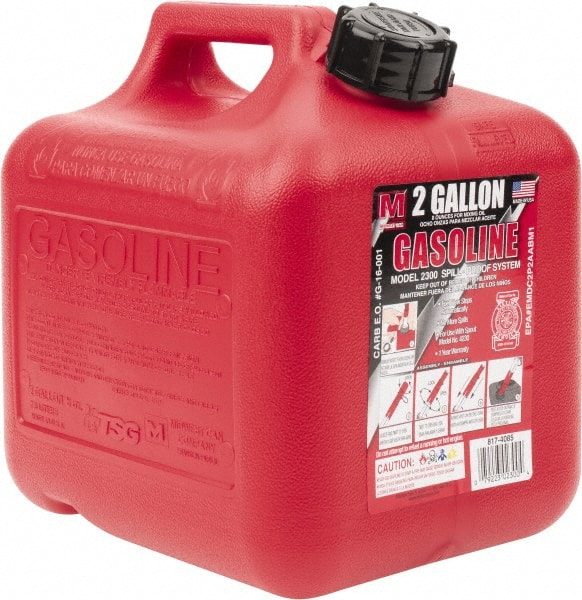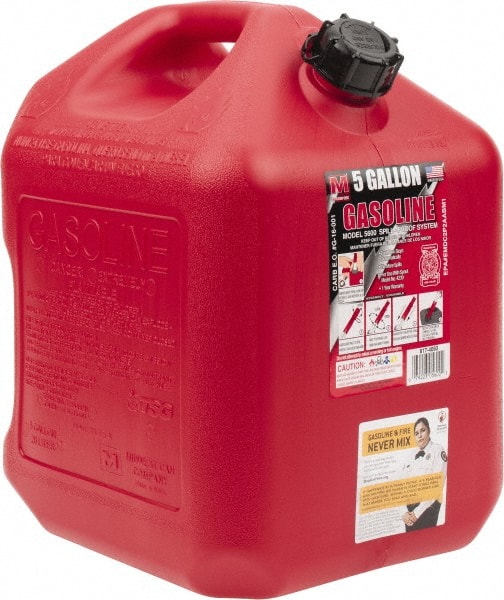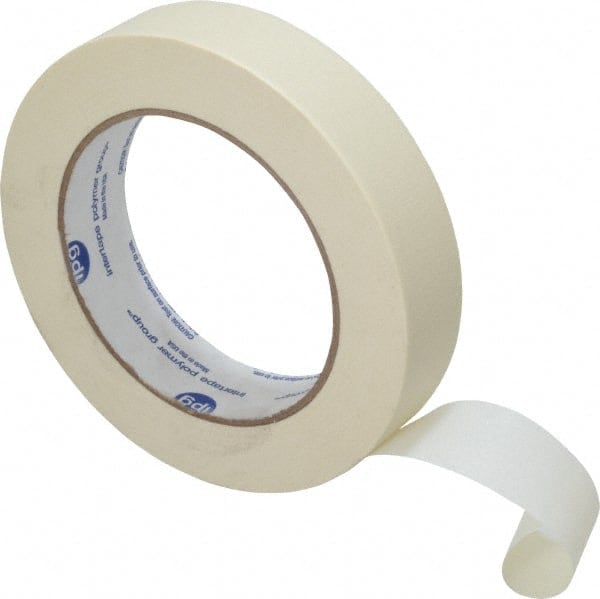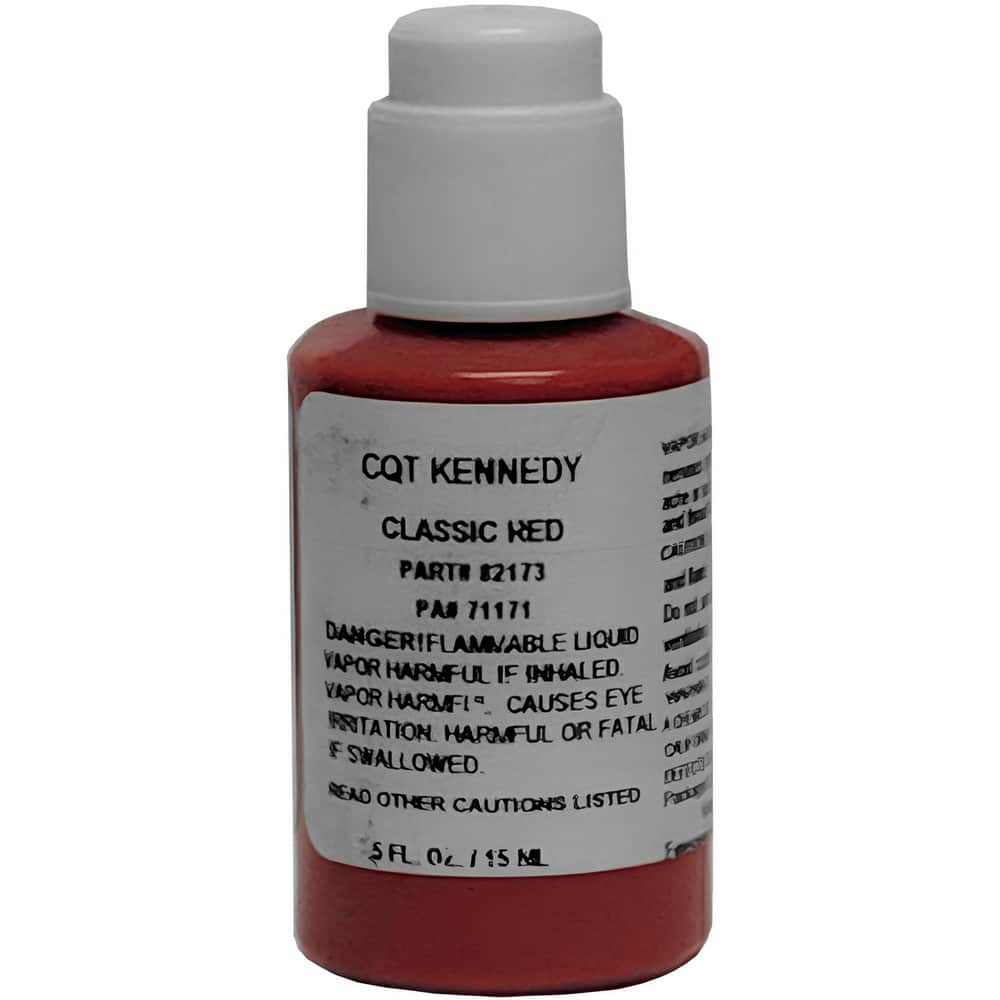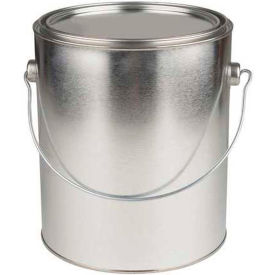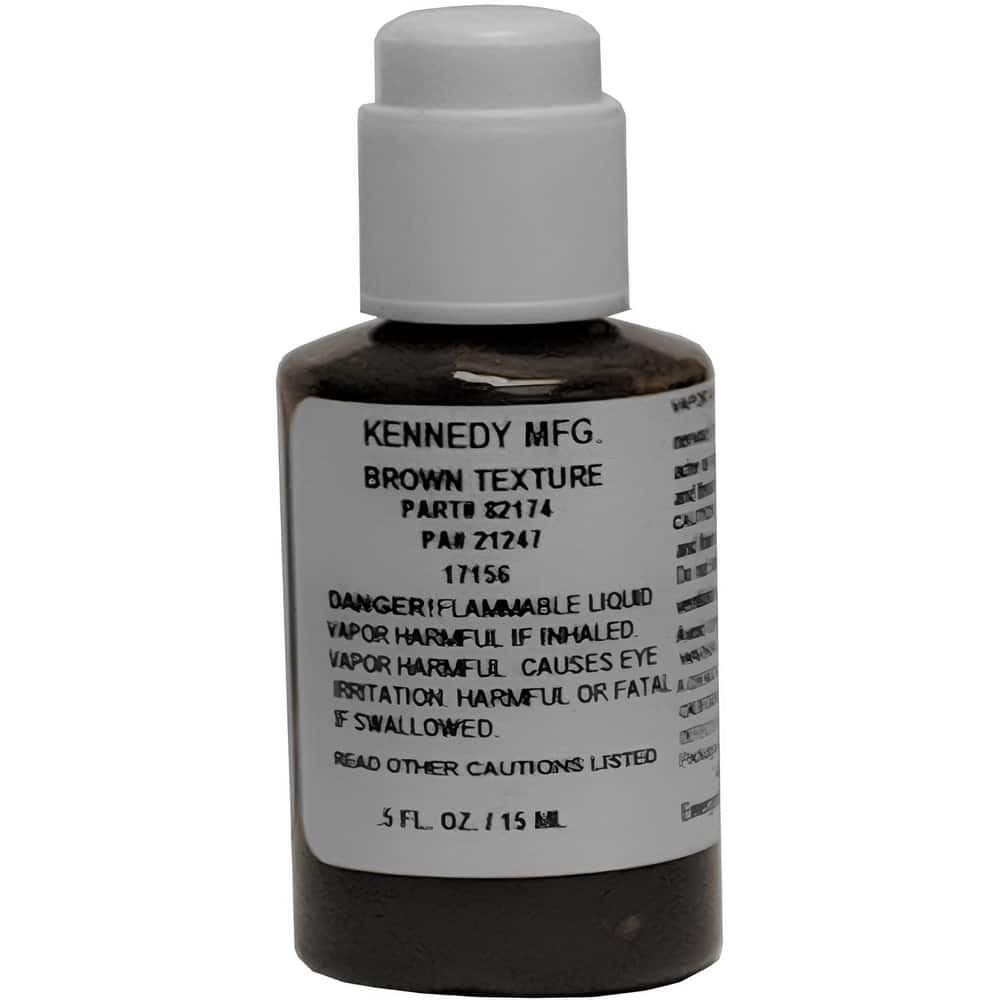Comprehensive Guide to Exterior House Painting: Tips, Techniques, and Maintenance Insights

Overview
Painting the exterior of your house is a great way to boost its curb appeal and protect it from the elements. This comprehensive guide will walk you through the process step by step, from preparation to the finishing touches.
Table of Contents
I. Preparation for Exterior House Painting
II. Painting Process: A Comprehensive Guide
III. Regional Considerations for House Painting
- Best Times to Paint
- Types of Paint by Region
- Additional Regional Painting Tips
- Preparing for Painting by Region
IV. Cleanup and Finishing Touches for House Painting
Part I - Preparation for Exterior House Painting
The foundation of a successful exterior painting project lies in thorough and meticulous preparation. Part I of our guide is dedicated to guiding you through this critical phase, ensuring that your painting project starts on the right note. This section highlights the importance of assessing your home's exterior, from inspecting for cracks, rot, and mold, to understanding the nuances of weather conditions and their impact on painting. It emphasizes the necessity of gathering the right materials, including paint, primer, tools, and cleaning supplies, tailored to your home's specific needs. By walking you through the process of cleaning, repairing, sanding, and priming the surface, we aim to prepare you for a painting job that not only looks professional but also stands the test of time. This comprehensive preparation guide is designed to help you address potential issues before they become problems, ensuring a smooth painting process and a durable, beautiful finish.
1. Assessing Your Home
a. Inspect the Exterior:
Before diving into painting, a thorough inspection of your house's exterior is crucial. Look for any signs of damage, such as:
- Cracks: Small or large cracks in the stucco, siding or foundation.
- Rot: Common in wooden parts, especially in damp climates.
- Moisture: Use a moisture meter when necessary to check for leaks inside the home from external walls
- Mildew and Mold: Dark spots, especially in shaded areas.
- Peeling Paint: Indicative of previous paint failures.
- Caulking Failures: Around windows and doors.
Addressing these issues before painting ensures a smoother, more durable paint job.
-
FLIRSpecial Price $116.49 Regular Price $122.52This product is sold in increments of 1
-
FLIRSpecial Price $190.79 Regular Price $267.11This product is sold in increments of 1
-
REED InstrumentsSpecial Price $111.79 Regular Price $113.03This product is sold in increments of 1
-
REED InstrumentsSpecial Price $179.29 Regular Price $249.04This product is sold in increments of 1
-
WescoSpecial Price $443.79 Regular Price $485.71This product is sold in increments of 1
-
GibraltarSpecial Price $27.29 Regular Price $38.21This product is sold in increments of 1
-
Rust-OleumSpecial Price $367.49 Regular Price $696.29This product is sold in increments of 1
-
Rust-OleumSpecial Price $81.79 Regular Price $154.99This product is sold in increments of 1
-
JelmarSpecial Price $23.49 Regular Price $44.49This product is sold in increments of 1
-
CloroxSpecial Price $171.49 Regular Price $324.99This product is sold in increments of 1
-
TilexSpecial Price $8.99 Regular Price $12.84This product is sold in increments of 1
-
TilexSpecial Price $78.79 Regular Price $115.55This product is sold in increments of 1
-
MilwaukeeSpecial Price $124.29 Regular Price $132.97This product is sold in increments of 1
-
OlfaSpecial Price $18.49 Regular Price $35.29This product is sold in increments of 1
-
NewbornSpecial Price $11.29 Regular Price $13.3This product is sold in increments of 1
-
NewbornSpecial Price $6.79 Regular Price $7.98This product is sold in increments of 1
-
Dalton EnterprisesSpecial Price $96.49 Regular Price $182.79This product is sold in increments of 1
-
ArmorpoxySpecial Price $48.79 Regular Price $92.49This product is sold in increments of 1
-
Dalton EnterprisesSpecial Price $26.99 Regular Price $51.29This product is sold in increments of 1
-
Gardner-GibsonSpecial Price $5.29 Regular Price $8.14This product is sold in increments of 1
b. Weather Check:
The success of your painting project heavily relies on the weather. Ideal conditions include:
- Dry Weather: Moisture in the air can affect how paint adheres to surfaces.
- Mild Temperatures: Extreme temperatures, hot or cold, can cause the paint to dry unevenly.
- Wind: Too much wind can cause dirt and debris to stick to wet paint.
Plan your painting project when the forecast indicates a stretch of agreeable weather conditions.
-
AcuRiteSpecial Price $53.29 Regular Price $66.82This product is sold in increments of 1
-
Triplett Test EquipmentSpecial Price $268.79 Regular Price $509.29This product is sold in increments of 1
-
Triplett Test EquipmentSpecial Price $574.29 Regular Price $1087.79This product is sold in increments of 1
-
FLIRSpecial Price $600.49 Regular Price $1137.49This product is sold in increments of 1
2. Gathering Materials
a. Paint:
The amount of paint needed can be estimated by the square footage of your house's exterior. On average, one gallon covers about 400 square feet. Consider:
- Quality: Higher-quality paints provide better coverage and durability.
- Finish: Choose between matte, semi-gloss, or glossy finishes based on your preference and the surface type.
-
GenericSpecial Price $11.99 Regular Price $14.08This product is sold in increments of 1
-
PremierSpecial Price $0.98 Regular Price $1.5This product is sold in increments of 1
-
PremierSpecial Price $0.83 Regular Price $1.25This product is sold in increments of 1
-
PremierSpecial Price $1.9 Regular Price $2.88This product is sold in increments of 1
b. Primer:
Primer is essential, especially for:
- Untreated Surfaces: Bare wood or metal.
- Repaired Areas: Primer helps in achieving uniformity in texture and color.
c. Tools:
Gather all necessary tools beforehand:
- Brushes and Rollers: For detailed and broad surface painting, respectively.
- Paint Sprayers: Ideal for large, unobstructed areas.
- Ladders & Trays: Ensure they are sturdy and safe.
- Safety Gear: Includes goggles, gloves, and masks.
-
PremierSpecial Price $0.83 Regular Price $1.25This product is sold in increments of 1
-
PremierSpecial Price $1.9 Regular Price $2.88This product is sold in increments of 1
-
PremierSpecial Price $3.99 Regular Price $5.89This product is sold in increments of 1
-
OsbornSpecial Price $1.5 Regular Price $2.29This product is sold in increments of 1
-
PremierSpecial Price $25.79 Regular Price $39.6This product is sold in increments of 1
-
PremierSpecial Price $0.98 Regular Price $1.5This product is sold in increments of 1
-
PremierSpecial Price $10.29 Regular Price $15.85This product is sold in increments of 1
-
PremierSpecial Price $5.29 Regular Price $7.8This product is sold in increments of 1
-
Sure ShotSpecial Price $64.49 Regular Price $84.92This product is sold in increments of 1
-
3MSpecial Price $229.99 Regular Price $276.69This product is sold in increments of 1
-
Sure ShotSpecial Price $29.79 Regular Price $34.24This product is sold in increments of 1
-
Snap-OnSpecial Price $313.79 Regular Price $451.26This product is sold in increments of 1
-
PremierSpecial Price $0.98 Regular Price $1.5This product is sold in increments of 1
-
PremierSpecial Price $10.29 Regular Price $15.85This product is sold in increments of 1
-
Shur-LineSpecial Price $5.29 Regular Price $6.45This product is sold in increments of 1
-
WoosterSpecial Price $5.99 Regular Price $6.88This product is sold in increments of 1
-
3MSpecial Price $13.29 Regular Price $22.26This product is sold in increments of 1
-
MCRSpecial Price $7.49 Regular Price $11.53This product is sold in increments of 1
-
PYRAMEXSpecial Price $15.29 Regular Price $19.38This product is sold in increments of 1
-
PYRAMEXSpecial Price $11.79 Regular Price $15.05This product is sold in increments of 1
-
Jenessco IndustriesSpecial Price $64.49 Regular Price $100.59This product is sold in increments of 1
-
PIPSpecial Price $6.79 Regular Price $8.59This product is sold in increments of 1
-
JomacSpecial Price $48.29 Regular Price $75.3This product is sold in increments of 1
-
Pro-SafeSpecial Price $3.29 Regular Price $5.37This product is sold in increments of 1
-
ZhejiangSpecial Price $4.79 Regular Price $19.98This product is sold in increments of 1
-
MarketlabSpecial Price $191.99 Regular Price $363.79This product is sold in increments of 1
-
MarketlabSpecial Price $987.49 Regular Price $1870.29This product is sold in increments of 1
-
MarketlabSpecial Price $147.79 Regular Price $279.99This product is sold in increments of 1
d. Cleaning Supplies:
A clean surface is key for a successful paint job. You’ll need:
- Pressure Washer or Hose: For efficient cleaning.
- Scrub Brush: To remove stubborn dirt.
- Mild Detergent: To help in removing grease and stains.
-
Be Pressure Washer SupplySpecial Price $873.29 Regular Price $1653.99This product is sold in increments of 1
-
Be Pressure Washer SupplySpecial Price $105.49 Regular Price $199.99This product is sold in increments of 1
-
Legacy ManufacturingSpecial Price $85.79 Regular Price $162.49This product is sold in increments of 1
-
Be Pressure Washer SupplySpecial Price $124.29 Regular Price $235.49This product is sold in increments of 1
-
Deck Scrub & Scrub Brush: 10" Brush Length, 4-1/2" Brush Width, Polypropylene Bristles MPN:40423EC02CarlisleSpecial Price $21.99 Regular Price $33.88This product is sold in increments of 1
-
Deck Scrub & Scrub Brush: 10" Brush Length, 4-1/2" Brush Width, Polypropylene Bristles MPN:40423EC05CarlisleSpecial Price $22.49 Regular Price $39.19This product is sold in increments of 1
-
Deck Scrub & Scrub Brush: 10" Brush Length, 4-1/2" Brush Width, Polypropylene Bristles MPN:40423EC09CarlisleSpecial Price $22.49 Regular Price $39.19This product is sold in increments of 1
-
VikanSpecial Price $104.99 Regular Price $121.34This product is sold in increments of 1
-
CRCSpecial Price $203.29 Regular Price $319.09This product is sold in increments of 1
-
BerkebileSpecial Price $80.29 Regular Price $125.09This product is sold in increments of 1
-
Clear VisionSpecial Price $118.79 Regular Price $185.87This product is sold in increments of 1
-
Sunshine MakersSpecial Price $105.29 Regular Price $113.81This product is sold in increments of 1
-
GenericSpecial Price $7.49 Regular Price $11.52This product is sold in increments of 1
-
CimcoolSpecial Price $195.99 Regular Price $274.39This product is sold in increments of 1
-
CLRSpecial Price $115.29 Regular Price $180.4This product is sold in increments of 1
-
AllSpecial Price $106.29 Regular Price $148.81This product is sold in increments of 1
3. Preparing the Surface
a. Cleaning:
Start by removing all dirt, grime, and mildew. This step cannot be overlooked as it ensures the paint adheres properly. Use a pressure washer for efficiency, but be careful not to damage the siding.
b. Repair Work:
All damages found during the inspection need to be repaired:
- Fill Cracks and Holes: Use appropriate fillers or caulk.
- Replace Rotten Wood: If rot is extensive, replacement might be necessary.
-
DevconSpecial Price $11.99 Regular Price $16.79This product is sold in increments of 1
-
PermatexSpecial Price $34.99 Regular Price $48.99This product is sold in increments of 1
-
DevconSpecial Price $22.79 Regular Price $25.3This product is sold in increments of 1
-
DapSpecial Price $16.79 Regular Price $23.51This product is sold in increments of 1
-
MilwaukeeSpecial Price $124.29 Regular Price $132.97This product is sold in increments of 1
-
OlfaSpecial Price $18.49 Regular Price $35.29This product is sold in increments of 1
-
NewbornSpecial Price $11.29 Regular Price $13.3This product is sold in increments of 1
-
NewbornSpecial Price $6.79 Regular Price $7.98This product is sold in increments of 1
c. Sanding:
Sanding smoothes rough areas and removes peeling or flaking paint. This step is critical for achieving a smooth finish. Use sandpaper or a power sander for larger areas.
-
MilwaukeeSpecial Price $18.29 Regular Price $27.94This product is sold in increments of 1
-
Bon ToolSpecial Price $22.99 Regular Price $30.84This product is sold in increments of 1
-
Saint GobainSpecial Price $15.79 Regular Price $29.99This product is sold in increments of 1
-
Saint GobainSpecial Price $15.79 Regular Price $29.99This product is sold in increments of 1
-
DeWALTSpecial Price $134.29 Regular Price $208.22This product is sold in increments of 1
-
DeWALTSpecial Price $131.99 Regular Price $202.85This product is sold in increments of 1
-
Pro-SourceSpecial Price $121.79 Regular Price $257.49This product is sold in increments of 1
-
DynabradeSpecial Price $11.79 Regular Price $17.94This product is sold in increments of 1
d. Priming:
Once repairs are made and the surface is smooth, apply a coat of primer. This step is crucial for:
- Adhesion: Helps paint stick better and last longer.
- Protection: Shields the material beneath, especially important for wood surfaces.
- Even Color: Ensures a uniform color across different materials and repaired areas.
Wrapping It Up
By meticulously following these preparation steps, you set the foundation for a successful and long-lasting exterior paint job. Proper preparation might seem time-consuming, but it significantly enhances the quality and durability of your painting project. Remember, a well-prepared surface makes all the difference in how the final paint job will look and how well it will withstand the test of time and weather.
Part II - Painting Process: A Comprehensive Guide
Part II of our guide dives deep into the practicalities of the painting process, offering a step-by-step approach to ensure a professional and lasting finish for your home's exterior. This section covers everything from selecting the right paint and tools to applying the paint with precision. Whether you're considering the budget-friendly option of latex paint, the durability of acrylic latex, or the specific applications of oil-based paint, we provide insights to help you make the best choice. Coupled with this is a detailed look at the tools of the trade - brushes, rollers, and sprayers - each with their unique strengths for different aspects of the job. Moving beyond selection, we delve into the best application techniques, emphasizing the importance of starting from the top, maintaining a wet edge, and applying double coats for a rich finish. This guide also touches upon climate considerations and safety measures, ensuring that your painting project is not only successful but also safe. By the end of this section, you'll be equipped with the knowledge to tackle your painting project with confidence and finesse.
1. Choosing Paint and Tools
a. Paint Types:
Selecting the right type of paint is crucial for the durability and appearance of your home’s exterior. There are two primary options:
- Latex Paint: While note recommended, this option is more budget friendly but doesn't hold up as well and long as Latex Acrylic paints. But if you're on a budget, this may be worth considering.
-
Rust-OleumSpecial Price $11.29 Regular Price $33.99This product is sold in increments of 1
-
Shur-LineSpecial Price $52.49 Regular Price $53.21This product is sold in increments of 1
-
Shur-LineSpecial Price $47.79 Regular Price $66.91This product is sold in increments of 1
-
Shur-LineSpecial Price $63.79 Regular Price $64.49This product is sold in increments of 1
- Acrylic Latex Paint: This is the most popular choice due to its durability and ease of cleanup. It's flexible, which prevents cracking, and offers excellent color retention.
-
Dalton EnterprisesSpecial Price $196.79 Regular Price $372.79This product is sold in increments of 1
-
General Paint & ManufacturingSpecial Price $93.29 Regular Price $176.79This product is sold in increments of 1
-
General Paint & ManufacturingSpecial Price $93.29 Regular Price $176.79This product is sold in increments of 1
-
General Paint & ManufacturingSpecial Price $99.29 Regular Price $188.29This product is sold in increments of 1
- Oil-Based Paint: Ideal for certain surfaces like primed steel or wood. It offers a hard finish but requires more effort in application and cleanup, and it can be more susceptible to cracking.
-
Shur-LineSpecial Price $30.79 Regular Price $43.11This product is sold in increments of 1
-
Shur-LineSpecial Price $14.99 Regular Price $20.99This product is sold in increments of 1
-
Shur-LineSpecial Price $11.29 Regular Price $15.81This product is sold in increments of 1
-
Shur-LineSpecial Price $11.29 Regular Price $15.81This product is sold in increments of 1
In Case You Didn't Know: Here's the difference between Latex and Latex Acrylic Paints: Latex and latex acrylic paints differ primarily in their composition and performance. Traditional latex paint, commonly used for interior projects, is a water-based formula with a synthetic polymer binder, offering ease of application and quick drying time but less durability. In contrast, latex acrylic paint contains an acrylic resin binder, enhancing its durability, adhesion, and resistance to elements, making it a superior choice for exterior applications and high-traffic areas. While latex paint is more cost-effective and suitable for less demanding environments, latex acrylic provides a more robust, long-lasting finish, albeit at a higher price point, catering to needs where resilience and longevity are paramount.
b. Tools:
The right tools can make the painting process more efficient and effective:
- Brushes: Use them for precision work around edges and details. Brushes come in various sizes and bristles (synthetic or natural) for different types of paint.
- Rollers: Ideal for covering large, flat surfaces efficiently. Rollers vary in nap length; a longer nap for textured surfaces and shorter for smooth surfaces.
- Paint Sprayers: Best for large, unobstructed areas. They provide a smooth finish and save time, but require skill to avoid uneven coverage.
-
PremierSpecial Price $0.83 Regular Price $1.25This product is sold in increments of 1
-
PremierSpecial Price $1.9 Regular Price $2.88This product is sold in increments of 1
-
PremierSpecial Price $3.99 Regular Price $5.89This product is sold in increments of 1
-
OsbornSpecial Price $1.5 Regular Price $2.29This product is sold in increments of 1
-
PremierSpecial Price $25.79 Regular Price $39.6This product is sold in increments of 1
-
PremierSpecial Price $0.83 Regular Price $1.25This product is sold in increments of 1
-
PremierSpecial Price $1.9 Regular Price $2.88This product is sold in increments of 1
-
PremierSpecial Price $3.99 Regular Price $5.89This product is sold in increments of 1
2. Applying the Paint
a. Start from the Top:
Always begin your painting project from the highest point, such as the eaves or gable ends, and work your way down. This method prevents drips or splatters on freshly painted surfaces below.
b. Technique:
The application technique plays a significant role in achieving a professional finish:
- Brushes: Use even, controlled strokes. Start from dry areas and move into wet paint to reduce brush marks.
- Rollers: Roll in a ‘W’ or ‘M’ pattern for even coverage, then fill in the gaps.
- Paint Sprayers: Maintain a consistent distance from the surface, typically 8-12 inches. Overlap each stroke slightly to ensure even coverage.
-
PremierSpecial Price $0.83 Regular Price $1.25This product is sold in increments of 1
-
PremierSpecial Price $1.9 Regular Price $2.88This product is sold in increments of 1
-
PremierSpecial Price $3.99 Regular Price $5.89This product is sold in increments of 1
-
OsbornSpecial Price $1.5 Regular Price $2.29This product is sold in increments of 1
-
PremierSpecial Price $25.79 Regular Price $39.6This product is sold in increments of 1
-
PremierSpecial Price $0.83 Regular Price $1.25This product is sold in increments of 1
-
PremierSpecial Price $1.9 Regular Price $2.88This product is sold in increments of 1
-
PremierSpecial Price $3.99 Regular Price $5.89This product is sold in increments of 1
-
PremierSpecial Price $25.79 Regular Price $39.6This product is sold in increments of 1
-
PremierSpecial Price $3.99 Regular Price $5.89This product is sold in increments of 1
-
PremierSpecial Price $0.83 Regular Price $1.25This product is sold in increments of 1
-
PremierSpecial Price $1.9 Regular Price $2.88This product is sold in increments of 1
c. Double Coats:
Applying a second coat of paint enhances durability and color depth:
- Drying Time: Wait for the first coat to dry completely, as per manufacturer's instructions, before applying the second. This timing varies based on weather conditions and paint type.
- Even Coverage: A second coat ensures uniformity in coverage, especially important for rich or deep colors.
3. Best Practices
a. Avoid Direct Sunlight:
Painting in direct sunlight can cause the paint to dry too quickly, which can lead to visible seams, blisters, and other imperfections.
b. Maintain a Wet Edge:
This technique involves keeping the edge of your painted area wet, which allows new paint to blend seamlessly with the old. It's crucial to prevent lap marks - visible lines where two layers overlap.
c. Order of Operations:
Following a systematic approach ensures efficiency and consistency:
- Body of the House: Start with the main surface. Use rollers or sprayers for larger areas and brushes for edges and corners.
- Trim: Paint the trim next. This includes areas around doors, windows, and under the eaves. Specialty trim rollers and brushes are usually the best tool for these areas.
- Doors and Windows: Finish with the doors and windows. They require more precision, often necessitating smaller brushes.
-
Shur-LineSpecial Price $19.79 Regular Price $21This product is sold in increments of 1
-
Shur-LineSpecial Price $52.49 Regular Price $53.21This product is sold in increments of 1
-
Shur-LineSpecial Price $26.29 Regular Price $36.81This product is sold in increments of 1
-
PremierSpecial Price $28.79 Regular Price $50.5This product is sold in increments of 1
-
3MSpecial Price $13.29 Regular Price $22.26This product is sold in increments of 1
-
Value CollectionSpecial Price $25.99 Regular Price $55.98This product is sold in increments of 1
-
UvexSpecial Price $42.29 Regular Price $46.18This product is sold in increments of 1
-
MCRSpecial Price $7.49 Regular Price $11.53This product is sold in increments of 1
4. Additional Tips
a. Climate Considerations:
The climate in your area can affect both your paint choice and your painting process:
- Humid Climates: Use paint that is mold and mildew resistant.
- Hot, Dry Climates: Choose paint that can withstand UV radiation without fading.
- Cold Climates: Paints that can handle freeze-thaw cycles are essential.
b. Safety Measures:
Don’t overlook safety precautions:
- Ladder Safety: Ensure stability and never overreach. Keep your waist between the ladder rails. Consider ladder stabilizers for awkward locations or very high walls.
- Protective Gear: Use masks, especially when sanding, and gloves and goggles when painting.
-
WernerSpecial Price $204.79 Regular Price $273.33This product is sold in increments of 1
-
GFSpecial Price $383.29 Regular Price $725.99This product is sold in increments of 1
-
HailoSpecial Price $273.79 Regular Price $518.79This product is sold in increments of 1
-
HailoSpecial Price $333.79 Regular Price $632.29This product is sold in increments of 1
-
PIPSpecial Price $6.79 Regular Price $8.59This product is sold in increments of 1
-
Safety ZoneSpecial Price $8.79 Regular Price $17.98This product is sold in increments of 1
-
GoldmaxSpecial Price $59.29 Regular Price $69.66This product is sold in increments of 1
-
GeSpecial Price $10.49 Regular Price $14.69This product is sold in increments of 1
-
AccuformnmcSpecial Price $33.49 Regular Price $41.66This product is sold in increments of 1
-
AccuformnmcSpecial Price $15.29 Regular Price $91.66This product is sold in increments of 1
-
AccuformnmcSpecial Price $17.29 Regular Price $23.62This product is sold in increments of 1
-
ErgodyneSpecial Price $51.79 Regular Price $98.29This product is sold in increments of 1
-
3MSpecial Price $13.29 Regular Price $22.26This product is sold in increments of 1
-
Value CollectionSpecial Price $25.99 Regular Price $55.98This product is sold in increments of 1
-
UvexSpecial Price $42.29 Regular Price $46.18This product is sold in increments of 1
-
MCRSpecial Price $7.49 Regular Price $11.53This product is sold in increments of 1
c. Final Touches:
Inspect your work. Touch up any missed spots or areas that need a little extra paint. Remove any painter's tape once the paint is dry to the touch.
Wrapping It Up
Painting your house's exterior is a significant undertaking, but with the right preparation, tools, and techniques, it can be a rewarding DIY project. Paying attention to the details and following a systematic approach will not only enhance the appearance of your home but also protect it for years to come. Remember, the quality of your paint job is a direct reflection of the time and care you put into each step of the process.
Part III - Regional Considerations for House Painting
When embarking on a house painting project, it's crucial to consider the unique environmental and climatic conditions of your region. Part III of our guide addresses these regional nuances, offering tailored advice for optimal painting times, appropriate paint types, and specific challenges you might face, from humid summers in the South to the frigid winters of the Northeast. Understanding these regional factors is key to ensuring not only the aesthetic appeal of your home but also the durability and longevity of your paint job. This section provides the insights needed to make informed decisions that suit your specific environmental conditions, helping your home's new paint remain vibrant and resilient for years to come.
1. Best Times to Paint
The best time to paint your house varies significantly depending on your region's climate and weather patterns. Painting under the right conditions ensures the longevity and durability of the paint job.
a. Northeast & Midwest:
- Ideal Period: Late spring through early fall.
- Climate Challenges: Avoid extreme humidity which can prolong drying times and affect paint adhesion. Similarly, cold temperatures can prevent the paint from setting properly.
- Tips: Aim for a stretch of days with consistent, mild weather. Monitor the forecast to avoid rain which can wash away uncured paint.
b. South:
- Ideal Period: Spring and fall.
- Climate Challenges: Summer in the south can be extremely hot and humid, conditions that are not conducive to painting. High humidity levels can lead to longer drying times and potential paint defects.
- Tips: Choose cooler, drier days. Avoid painting in direct sunlight during the hottest parts of the day.
c. West:
- Ideal Period: Most of the year, weather permitting.
- Climate Challenges: Avoid the rainy season, as moisture can affect paint application and curing. Extreme heat, particularly in the Southwest, can cause the paint to dry too quickly, leading to an uneven finish.
- Tips: In hotter areas, paint in the cooler hours of the day. If you’re in a region with frequent rain, watch for a clear weather window.
2. Types of Paint by Region
Different climates require different types of paint to ensure the best performance and durability.
a. Humid Areas (South, Southeast):
- Paint Characteristics: In humid climates, like the South and Southeast, opt for paints that are specifically formulated to be mold and mildew resistant.
- Reasoning: These regions often experience prolonged periods of high humidity, which can create environments conducive to mold and mildew growth, especially on exterior surfaces.
- Additional Considerations: Look for paints that have good breathability, allowing moisture to escape from the surface to prevent peeling and blistering.
b. Dry Areas (Southwest, West):
- Paint Characteristics: In these regions, UV-resistant paints are beneficial. The intense sun exposure can fade and deteriorate standard paints over time.
- Reasoning: These paints are formulated to withstand the harsh UV rays that are prevalent in dry, sunny climates. They help maintain the color and integrity of the paint over longer periods.
- Additional Considerations: Reflective or lighter colored paints can also be beneficial in these areas, as they reflect more sunlight and help keep the building cooler.
3. Additional Regional Painting Tips
a. Coastal Areas:
- Considerations: In coastal areas, salt air can be corrosive. Opt for paints that are designed to withstand these conditions.
- Application: A thorough primer is also essential in these areas to prevent the salt air from damaging the underlying material.
b. Mountainous and High-Altitude Regions:
- Considerations: These areas often experience more extreme weather conditions, including intense sun, wind, and snow.
- Paint Choice: Look for paints that can handle these variable conditions, including higher resistance to cracking and fading.
c. Urban Environments:
- Considerations: Pollution can affect the longevity and appearance of exterior paint.
- Paint Choice: Pollution-resistant paints or those that are easy to clean can be beneficial in these settings.
4. Preparing for Painting by Region
The preparation process is just as important as the painting itself. Different regions require different preparatory steps:
- Cleaning the Surface: In all regions, a clean surface is crucial. In humid or coastal areas, look for signs of mold or mildew and treat them accordingly.
- Priming: Primer choices may vary based on climate. In humid areas, use a moisture-resistant primer. In drier climates, a primer that can handle the intense sun is ideal.
- Repairing Damages: Inspect for weather-related damages. In colder regions, look for freeze-thaw damage, while in warmer regions, check for sun-related wear.
Wrapping It Up
Regional considerations are fundamental when planning an exterior painting project. Understanding the unique challenges and requirements of your specific region ensures that you choose the right time and type of paint for your home. This not only improves the aesthetic appeal of your home but also enhances the longevity and resilience of your paint job against the specific environmental conditions it will face. With careful planning and consideration of regional factors, your home's new paint can remain vibrant and durable for years to come.
Part IV - Cleanup and Finishing Touches for House Painting
Completing a house painting project involves more than just applying the final coat. The cleanup and finishing touches are integral to ensuring the longevity, beauty, and overall success of the paint job. This phase encompasses meticulous cleaning, careful removal of painting materials, and a detailed inspection to ensure the paint job meets your expectations.
1. Cleaning Up
Post-painting cleanup is essential for maintaining your tools and keeping your property neat.
a. Tool Maintenance:
Proper care of your painting tools extends their lifespan and ensures they are ready for future projects. For water-based paints, brushes, rollers, and trays can be washed with warm soapy water. For oil-based paints, a solvent such as mineral spirits or turpentine is necessary. Thoroughly rinse and dry all tools before storing.
-
Pro-LubeSpecial Price $185.49 Regular Price $291.23This product is sold in increments of 1
-
Continental ContitechSpecial Price $10.29 Regular Price $14.41This product is sold in increments of 1
-
National-Spencer Zee LineSpecial Price $94.29 Regular Price $178.79This product is sold in increments of 1
-
SellstromSpecial Price $245.79 Regular Price $465.79This product is sold in increments of 1
-
Pro-LubeSpecial Price $66.29 Regular Price $103.18This product is sold in increments of 1
-
Howard ProductsSpecial Price $94.29 Regular Price $178.79This product is sold in increments of 1
-
Libbey GlassSpecial Price $184.99 Regular Price $350.49This product is sold in increments of 1
-
Howard ProductsSpecial Price $277.49 Regular Price $525.79This product is sold in increments of 1
b. Surrounding Area:
Remove painter's tape, drop cloths, and other protective materials carefully to prevent accidental damage. Inspect the area for any spills or splatters on windows, floors, or fixtures, and clean them promptly to prevent permanent marks.
-
PentairSpecial Price $80.29 Regular Price $152.29This product is sold in increments of 1
-
PentairSpecial Price $80.29 Regular Price $152.29This product is sold in increments of 1
-
PentairSpecial Price $80.29 Regular Price $152.29This product is sold in increments of 1
-
PentairSpecial Price $80.29 Regular Price $152.29This product is sold in increments of 1
-
Brady Spc AbsorbentsSpecial Price $129.29 Regular Price $168.85This product is sold in increments of 1
-
Pro-SafeSpecial Price $46.79 Regular Price $72.65This product is sold in increments of 1
-
Frank Millman DistributorsSpecial Price $24.49 Regular Price $41.82This product is sold in increments of 1
-
Frank Millman DistributorsSpecial Price $34.79 Regular Price $59.55This product is sold in increments of 1
-
IntertapeSpecial Price $3.29 Regular Price $4.91This product is sold in increments of 1
-
IntertapeSpecial Price $5.79 Regular Price $8.77This product is sold in increments of 1
-
3MSpecial Price $10.79 Regular Price $16.46This product is sold in increments of 1
-
Sp RichardsSpecial Price $12.29 Regular Price $37.4This product is sold in increments of 1
-
TRIMACOSpecial Price $2.29 Regular Price $2.88This product is sold in increments of 1
-
Polar PlasticsSpecial Price $99.99 Regular Price $156.23This product is sold in increments of 1
-
TRIMACOSpecial Price $49.79 Regular Price $67.55This product is sold in increments of 1
-
TRIMACOSpecial Price $85.79 Regular Price $133.98This product is sold in increments of 1
c. Storage of Leftover Paint:
Store any remaining paint in a cool, dry place for future touch-ups or projects. Label the cans with the date and room where it was used for easy identification.
-
KennedySpecial Price $42.49 Regular Price $44.88This product is sold in increments of 1
-
Qorpak Div of Berlin PackagingSpecial Price $130.99 Regular Price $248.29This product is sold in increments of 1
-
Qorpak Div of Berlin PackagingSpecial Price $199.79 Regular Price $378.49This product is sold in increments of 1
-
KennedySpecial Price $29.29 Regular Price $31.4This product is sold in increments of 1
-
Securall A&A Sheet Metal ProductsSpecial Price $1326.99 Regular Price $2513.29This product is sold in increments of 1
-
Securall A&A Sheet Metal ProductsSpecial Price $1941.29 Regular Price $3676.79This product is sold in increments of 1
-
Securall A&A Sheet Metal ProductsSpecial Price $2122.29 Regular Price $4019.49This product is sold in increments of 1
-
Securall A&A Sheet Metal ProductsSpecial Price $2468.99 Regular Price $4676.29This product is sold in increments of 1
2. Final Inspection and Touch-Ups
A comprehensive final inspection is vital for a flawless finish.
a. Detailed Check:
Examine the painted surfaces in different lighting conditions to spot any imperfections, such as drips, streaks, or missed areas. Pay attention to edges and corners where imperfections are easily overlooked.
b. Precision Touch-Ups:
Use a small, fine-brush for precise touch-ups on any detected imperfections. Matching the paint's texture and thickness in these areas is key to a seamless finish.
c. Curing and Drying Time:
Respect the curing time recommended by the paint manufacturer. This period is critical for the paint to achieve its full durability and color richness. During this time, avoid placing furniture against walls or undertaking intensive cleaning.
d. Protective Measures:
Once the paint is dry, consider applying a clear topcoat or sealant in high-traffic or moisture-prone areas for added protection and longevity.
e. Documentation:
Keep a record of the paint colors, brands, and finishes used. This information is invaluable for future renovations or touch-ups.
f. Environmental Considerations:
Dispose of any leftover paint or solvent responsibly. Check with your local waste management services for guidelines on proper disposal methods to minimize environmental impact.
Wrapping It Up
By thoroughly addressing each aspect of the cleanup and finishing phase, you can enjoy a beautifully painted home that stands the test of time and daily life.
Part V - Maintaining Your Exterior Paint Job
Ensuring the longevity and aesthetic appeal of your exterior paint job requires a proactive and thorough maintenance approach. This part of the guide expands on the frequency of maintenance checks, when to consider major updates, and the role of sealants in prolonging the life of your paint.
1. Frequency of Inspections
a. Routine Checks:
Conduct inspections at least twice a year, ideally during the spring and fall. This timing allows you to assess any damage from harsh winter weather and prepare for summer heat, which can both impact paint significantly.
b. After Severe Weather:
Following extreme weather events like heavy storms, hail, or high winds, it’s advisable to perform an additional inspection, as such conditions can cause immediate damage to exterior paint.
2. Identifying and Addressing Damage
a. Common Issues:
Look for peeling, blistering, fading, mold, mildew, or water stains. These signs can indicate moisture problems, poor adhesion, or simply age-related wear.
b. Prompt Repairs:
For minor issues like small cracks or peeling, a simple touch-up might suffice. However, extensive damage often requires more thorough work, including scraping, sanding, priming, and repainting affected areas.
3. When to Consider Major Updates or a Full Repaint
a. Lifespan of Paint:
The longevity of exterior paint varies based on the type and quality. Acrylic latex paints usually last 5-10 years, while high-quality paints can last up to 15 years. Oil-based paints have a shorter life expectancy of about 7 years.
b. Environmental Factors:
Homes in harsh climates or exposed to frequent sunlight may require more frequent repainting. Coastal homes also face unique challenges like salt spray and high humidity.
c. Changing Colors or Styles:
Trends and personal preferences change over time. A full repaint can be an opportunity to update the look of your home.
4. Sealing the Paint for Longer Life
a. Benefits of Sealants:
Applying a sealant can provide an extra layer of protection against moisture, UV rays, and dirt, thereby extending the life of your paint job.
b. Type of Sealant:
Choose a sealant compatible with your paint type and the specific conditions your home faces, such as direct sunlight or high humidity.
c. Application Timing:
The best time to apply a sealant is either immediately after a new paint job or after a thorough cleaning of the existing paint. Always ensure the paint is completely dry and clean before applying the sealant.
5. Regular Cleaning
a. Gentle Washing:
Periodically wash your home’s exterior with a gentle cleaner and low-pressure water. This helps remove dirt, pollutants, and mildew, preventing them from causing damage.
b. Avoid Harsh Chemicals:
Use cleaners specifically designed for exterior painted surfaces to avoid damaging the paint.
6. Professional Assessments
a. Consulting Experts:
If you’re unsure about the condition of your paint or the best course of action, consulting a professional painter or exterior home specialist can provide valuable insights and recommendations.
Wrapping It Up
By integrating these maintenance strategies, you can significantly extend the life of your exterior paint job, ensuring your home remains beautiful and well-protected for years to come. Regular inspections, timely repairs, and considering environmental factors in your maintenance plan are key to a lasting and aesthetically pleasing exterior.
Part VI - Other Great Resources to Paint the Exterior of Your Home:
Embarking on an exterior house painting project can be a daunting task, but you don't have to go it alone. Part VI of our guide is dedicated to introducing you to a wealth of additional resources that can further assist you in your painting journey. From DIY guides to professional tips, these resources have been carefully selected to offer a range of perspectives and expertise. They cover everything from the basics of getting started, like understanding weather conditions and ladder safety, to more advanced topics such as color selection, cutting-in techniques, and the importance of using high-quality paint for durability.
Whether you're a beginner or an experienced DIYer, these resources from trusted names like Lowe's, Family Handyman, HGTV, Better Homes & Gardens, and House Logic provide step-by-step instructions, practical advice, and professional insights. They emphasize not only the technical aspects of painting but also focus on the long-term maintenance and aesthetics of your home's exterior. By drawing on these guides, you'll gain a comprehensive understanding of how to approach your painting project with confidence, ensuring a professional and long-lasting finish that enhances the beauty and value of your home.
1. Lowe's - How to Paint Your Home's Exterior
Overview
Lowe's provides a comprehensive DIY guide on painting the exterior of your home, updated as of February 6, 2023. The guide covers various aspects including preparation, paint application, and dealing with potential issues. Key points include:
- Getting Started: Emphasizes the importance of weather conditions, ladder safety, and avoiding painting in direct sunlight.
- Preparation: Steps like cleaning the exterior with a pressure washer, scraping away loose paint, and repairing surface flaws are detailed.
- Paint Primer: The necessity of using a primer for better paint adherence and a uniform appearance.
- Paint Application: Tips on painting siding, windows, trim, and the foundation.
- Potential Issues: Addresses problems like sunlight and UV radiation, water and moisture, and temperature changes.
- Siding Considerations: Special tips for painting aluminum and vinyl siding.
- Paint Storage and Disposal: Guidelines for proper storage and disposal of paint.
Why It's a Great Resource:
This guide is an excellent resource for anyone looking to paint their home's exterior. It provides detailed, step-by-step instructions that are easy to follow. The guide covers all aspects of the painting process, from preparation to finishing touches, making it suitable for both beginners and experienced DIYers. Additionally, it addresses common issues and provides practical solutions, ensuring a smooth painting experience.
2. Family Handyman - Exterior Painting Tips and Techniques
Overview
This article from Family Handyman, updated on August 11, 2023, offers detailed advice on exterior house painting, focusing on techniques for a professional-quality finish. The guide is intended for intermediate DIYers and covers multiple days of work with an estimated cost of $501-1000. Key highlights include:
- Equipment and Tools: Emphasizes investing in high-quality painting tools for better and faster results.
- Painting Techniques: Detailed instructions on brush and roller techniques, including loading the brush, applying paint, and maintaining a wet edge.
- Color Selection and Paint Buying Tips: Guidance on choosing exterior paint colors and buying the right amount of paint.
- Weather Considerations: Advice on the best weather conditions for painting to avoid issues like lap marks, brush marks, drips, runs, and sags.
- Cutting-in Techniques: Tips on painting straight lines and edges.
- Efficiency Tips: Strategies for painting large areas and details, and tips for saving time during the painting process.
- Maintenance Advice: Recommendations for annual maintenance to extend the life of the paint job.
Why It's a Great Resource:
This Family Handyman article is a fantastic resource for anyone planning to paint the exterior of their house. It provides a thorough breakdown of the painting process, from selecting the right tools and paint to applying the paint effectively. The guide's focus on technique and efficiency makes it particularly valuable, ensuring that readers can achieve a professional-looking finish while also saving time and money. Additionally, the inclusion of maintenance advice helps homeowners keep their paint job looking great for years to come.
3. HGVT - 10 Things You Must Know When Painting a House Exterior
Overview:
This article emphasizes the importance of preparation for a successful paint job. Here's an overview of the key points and why it's a valuable resource:
- Focus on Quality Paint: The article advises opting for higher quality paint, which may be more expensive initially but offers better coverage and longevity. This reduces the frequency of repainting, ultimately saving money and effort in the long run.
- Technological Advancements in Paint: It highlights the significant improvements in paint technology, ensuring longer-lasting colors and better overall results.
- Cost-Effectiveness in the Long Term: By choosing quality over price, you avoid frequent repaints and associated costs, making it a cost-effective choice in the long run.
Why It's a Great Resource:
- Practical Advice: The article provides practical, easy-to-understand advice that is crucial for anyone looking to undertake an exterior painting project.
- Long-Term Perspective: It encourages readers to think long-term about their painting choices, which is essential for maintaining the exterior of a home.
- Focus on Quality: Emphasizing the importance of quality in both materials and methods aligns well with the needs of homeowners who want lasting results.
This resource is particularly useful for those planning to paint their home's exterior, offering insights into how to achieve professional and durable results.
4. Better Homes & Gardens - How to Paint Your Home's Exterior Like a Pro
Overview:
This Better Homes & Gardens article provides a comprehensive guide on how to paint the exterior of a home. Here's an overview and why it's a great resource:
- Choosing Exterior Paint Colors: The article starts with advice on selecting a color scheme, emphasizing the importance of testing colors in different lighting and on various sides of the home.
- Preparation for Painting: It highlights the crucial step of preparing the exterior, including cleaning, scraping, priming, and caulking. The article also advises on testing for lead paint in older homes and checking weather conditions.
- Priming and Painting Techniques: The guide stresses the importance of priming for better paint adhesion and protection. It also covers efficient painting techniques, like using a sprayer and the necessity of applying two coats for even coverage.
Why It's a Great Resource:
- Detailed Guidance: The article offers detailed, step-by-step instructions, making it an excellent resource for both beginners and experienced DIYers.
- Focus on Quality and Durability: It emphasizes the importance of using high-quality paint and proper techniques to ensure a long-lasting finish.
- Safety and Best Practices: The guide includes safety tips and best practices, like using the right equipment and taking precautions with older homes that might have lead paint.
This resource is ideal for anyone looking to undertake an exterior painting project, providing valuable insights into achieving a professional and durable finish.
5. House Logic - 10 Steps to a Perfect Exterior Paint Job
The HouseLogic article offers a detailed guide for those planning to paint their home's exterior. Here's an overview and why it's a valuable resource:
Overview of the HouseLogic Article:
- Lead Safety Precautions: For homes built before 1978, it advises testing for lead paint and following safety measures to minimize lead dust.
- Thorough Cleaning and Preparation: The article emphasizes washing the exterior to remove mildew and dirt, scraping off loose paint, and sanding rough spots for better paint adhesion.
- Repair and Prime: It suggests filling in any holes or damages in the siding and applying primer for a uniform base.
- Caulking and Choosing the Right Paint: The guide recommends using high-quality caulk for joints and selecting the appropriate paint type, considering factors like existing paint and desired finish.
- Application and Maintenance: It covers efficient paint application techniques and the importance of regular maintenance to extend the life of the paint job.
Why It's a Great Resource:
- Comprehensive Steps: The article breaks down the painting process into manageable steps, making it easier for DIY enthusiasts to follow.
- Focus on Longevity: By emphasizing preparation and quality materials, the guide helps ensure a paint job that not only looks good but also lasts longer.
- Safety and Best Practices: It includes important safety tips, especially regarding lead paint, and best practices for achieving a professional finish.
This resource is particularly useful for homeowners looking to undertake an exterior painting project themselves, providing practical advice to achieve a durable and aesthetically pleasing result.
Conclusion
Painting the exterior of your house is a significant undertaking, but with proper planning and execution, it can be a rewarding project that enhances your home's appearance and value. Always prioritize safety, especially when working on ladders or using power tools.
Remember, the key to a successful paint job lies in thorough preparation, the right materials, and careful application. Happy painting!

- Your Ultimate Guide to Paint Equipment and Supplies: From Colors to Real-Life Projects
- Exploring Specialty Paints, Coatings, and Additives
- The Ultimate Guide to Cleaning and Removing Concrete Stains: Top Tips, Products, and Techniques
- Mastering the Art of Pressure Washing: Top 50 Brands and 25 Projects for a Spotless Clean
- Veteran Spotlight
- GoVets Solutions
- Buying Guides & Projects
- Shopping Trends
- Prime Contractor Resources
- Business & Entrepreneur Resources
- GoVets Giving
- Online Security and Shopping Safety
- GoVets Top Selling Products
- Veteran Resources
- Product Spotlights
- Technology Updates
- GoVets Medallion Updates
- Government Updates
- GoVets Capabilities
- Press Releases
- Promotion Updates
- Industry Trends






